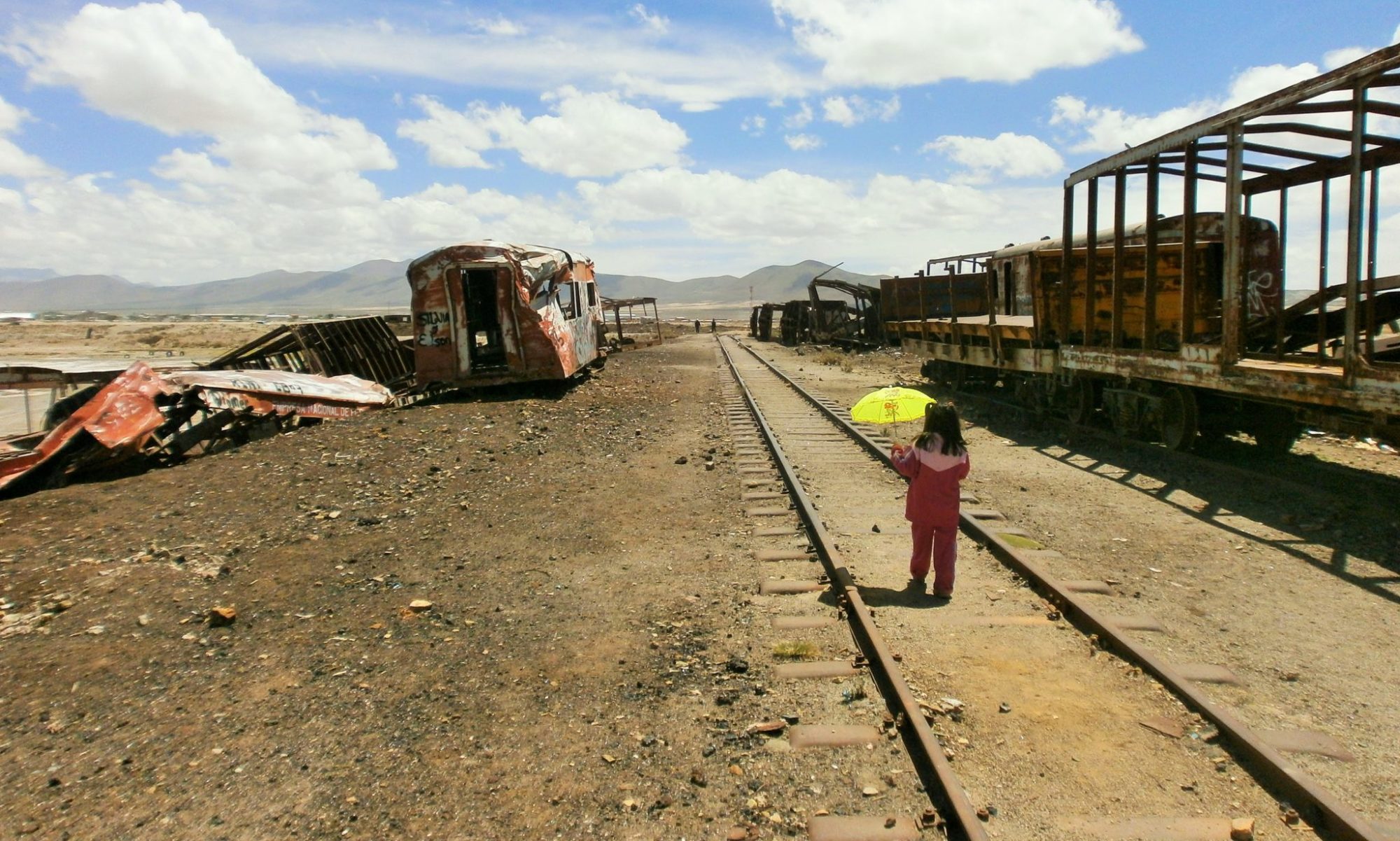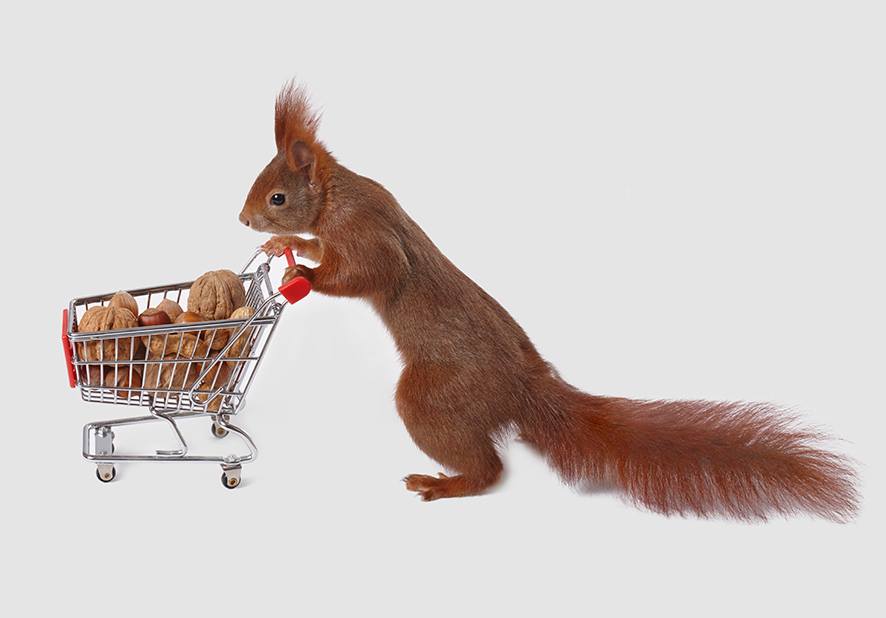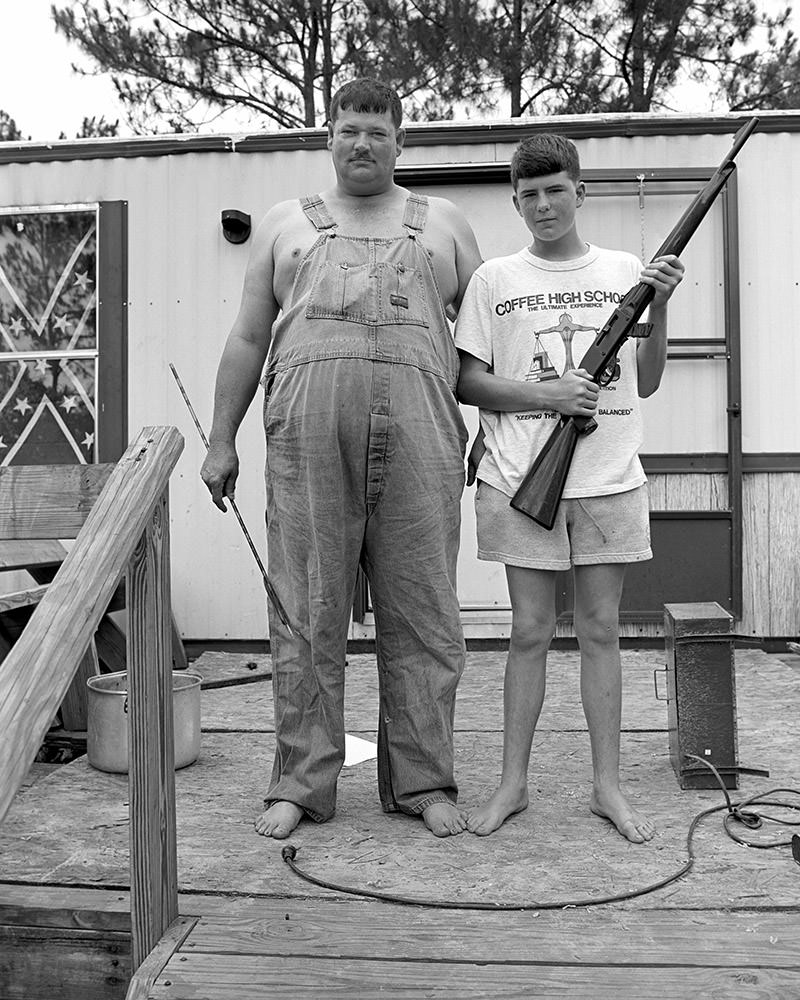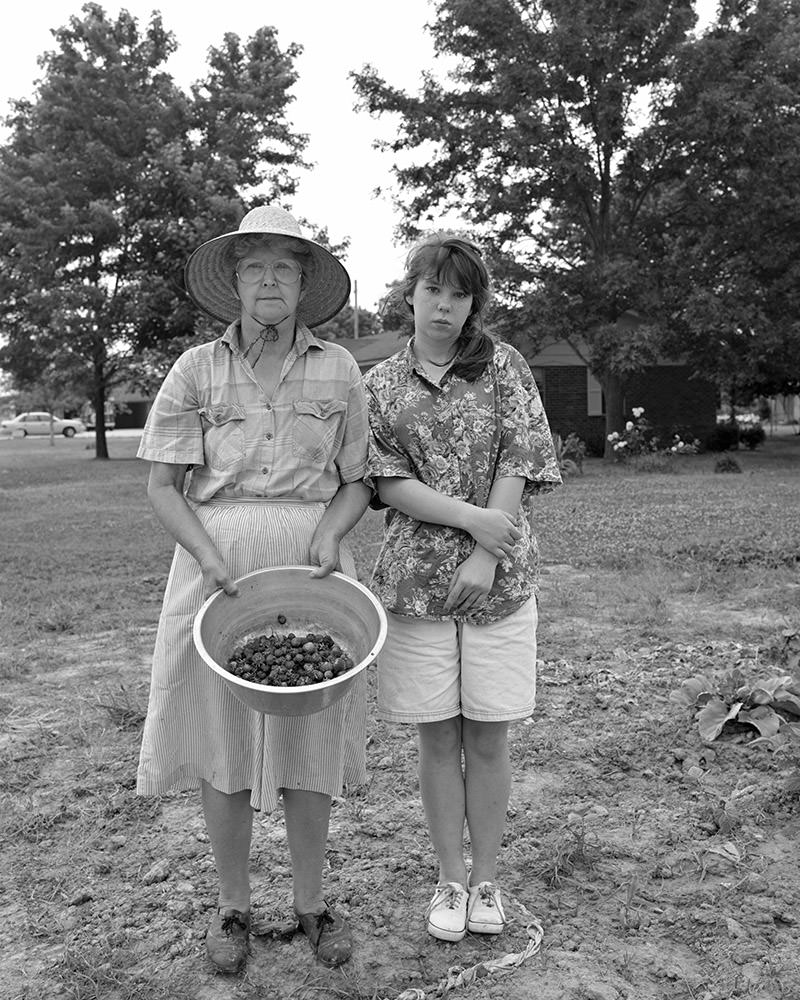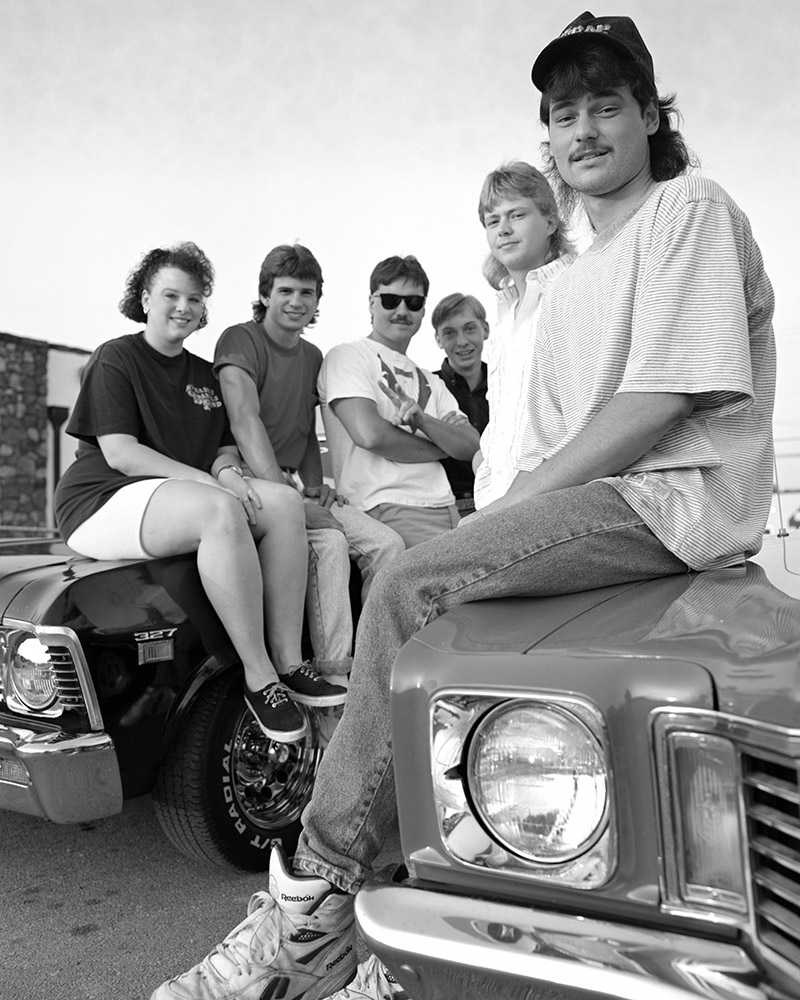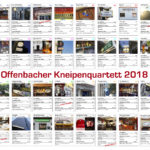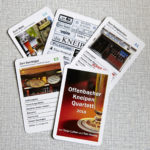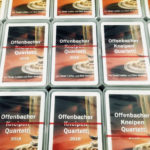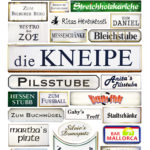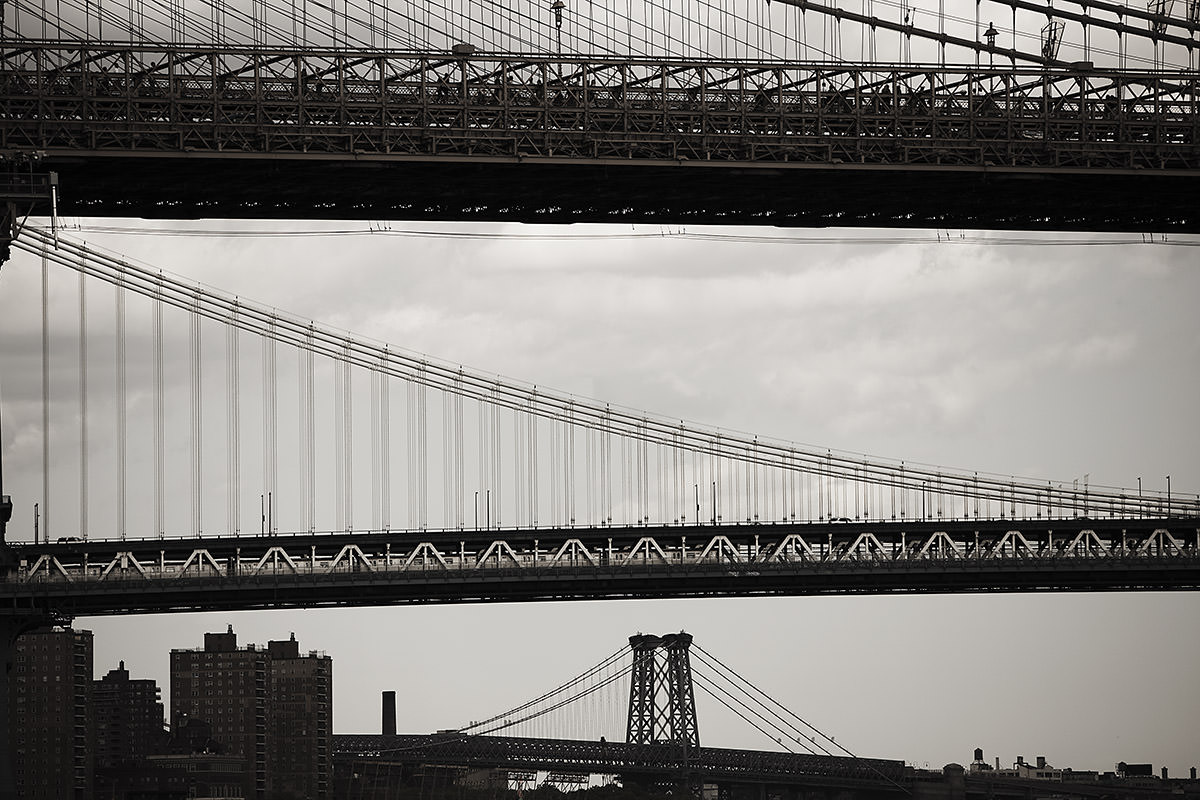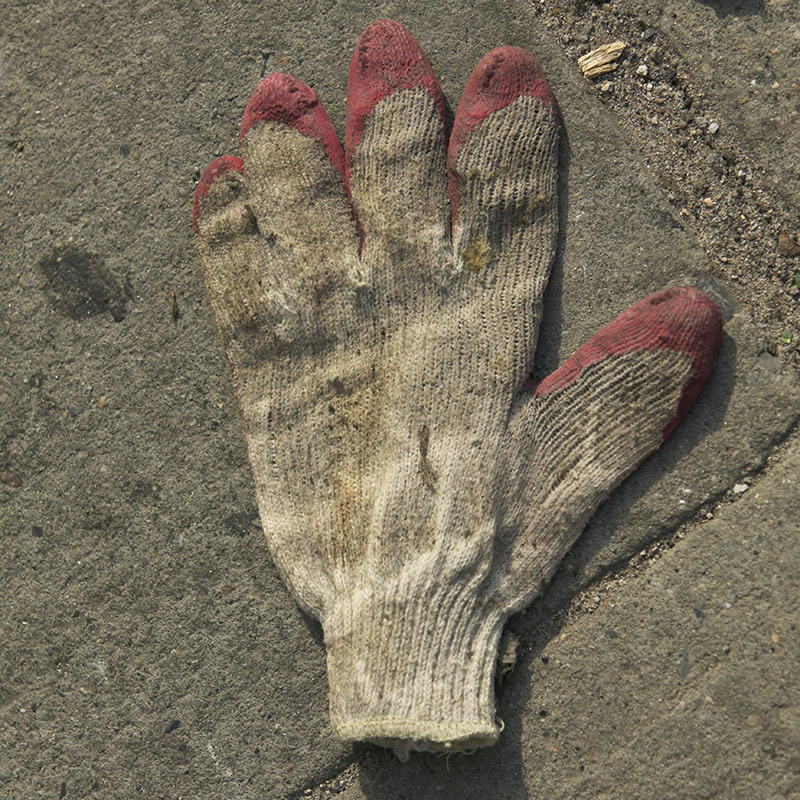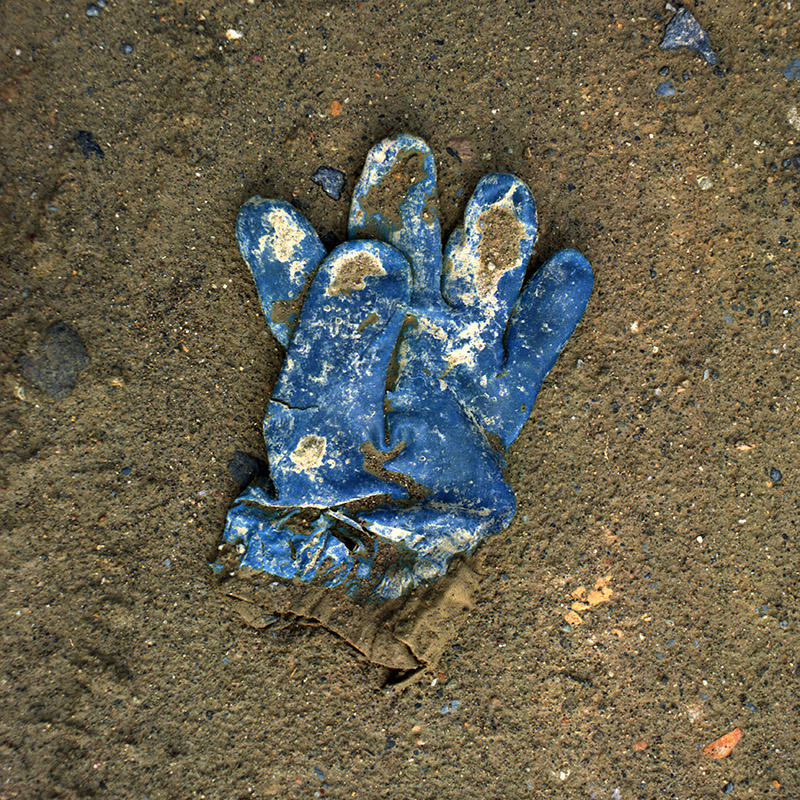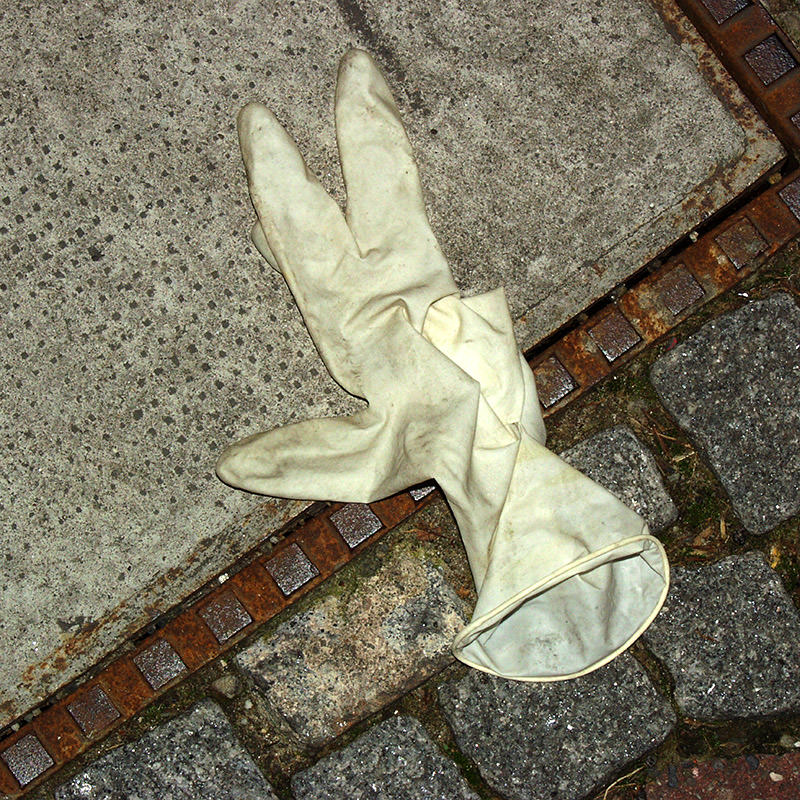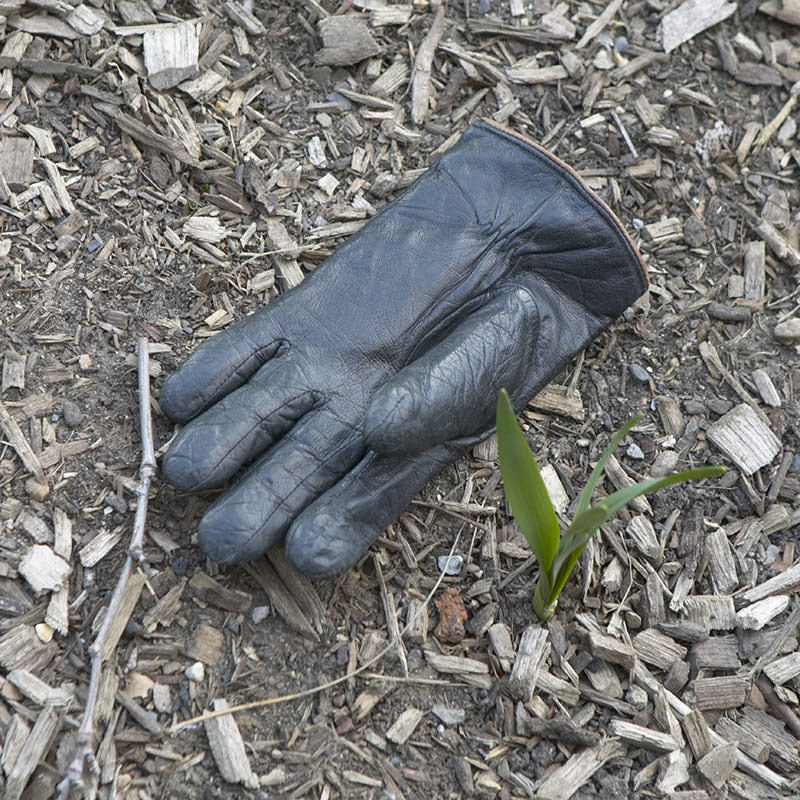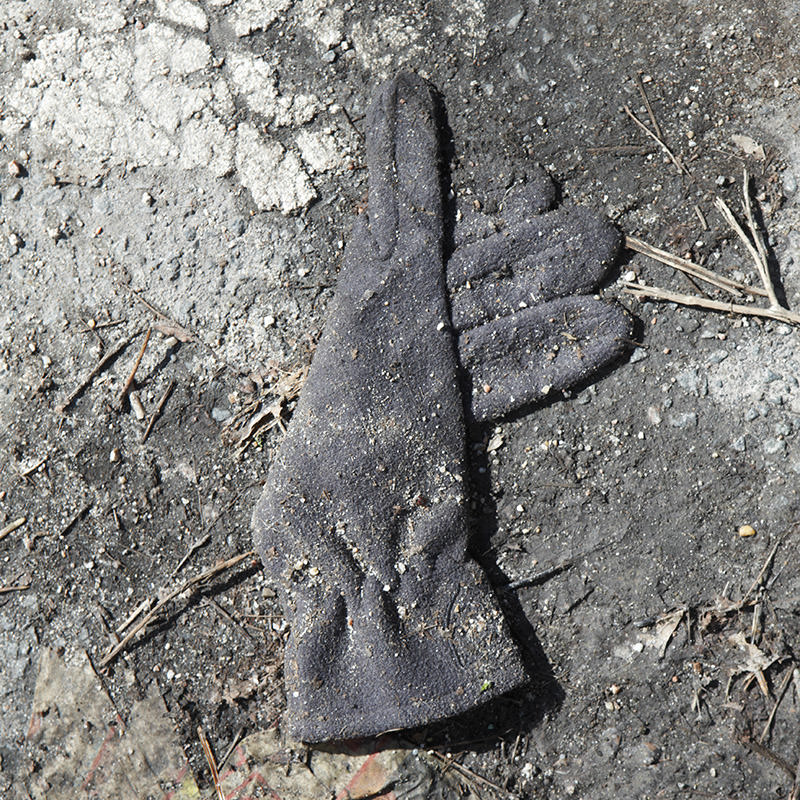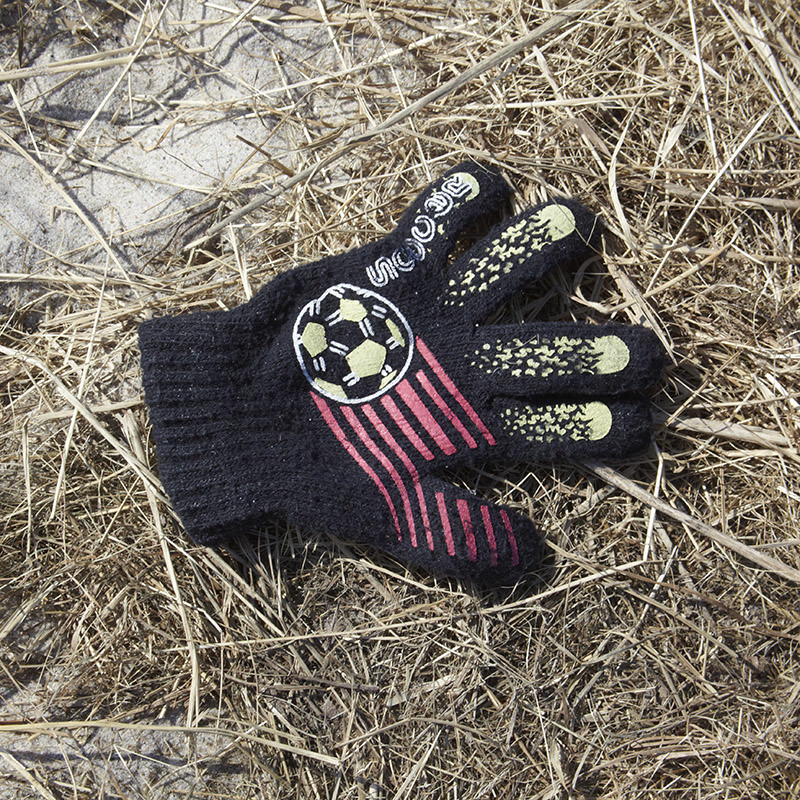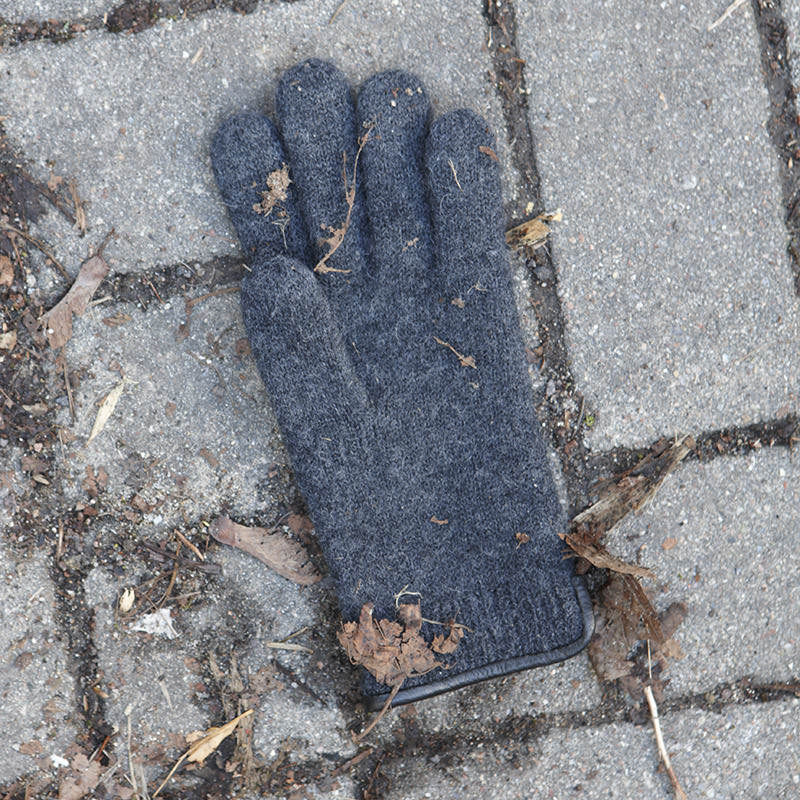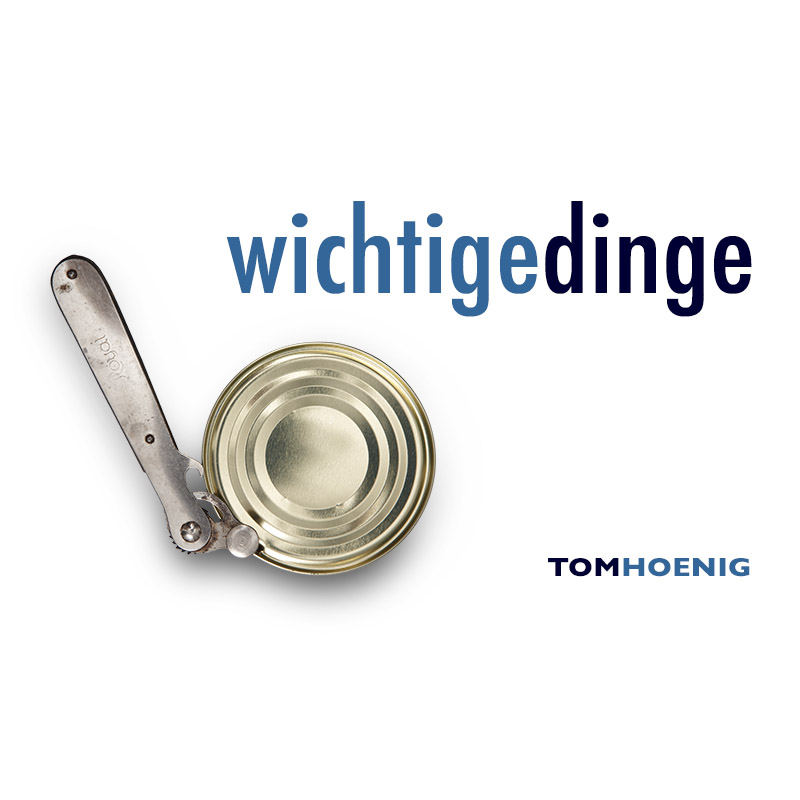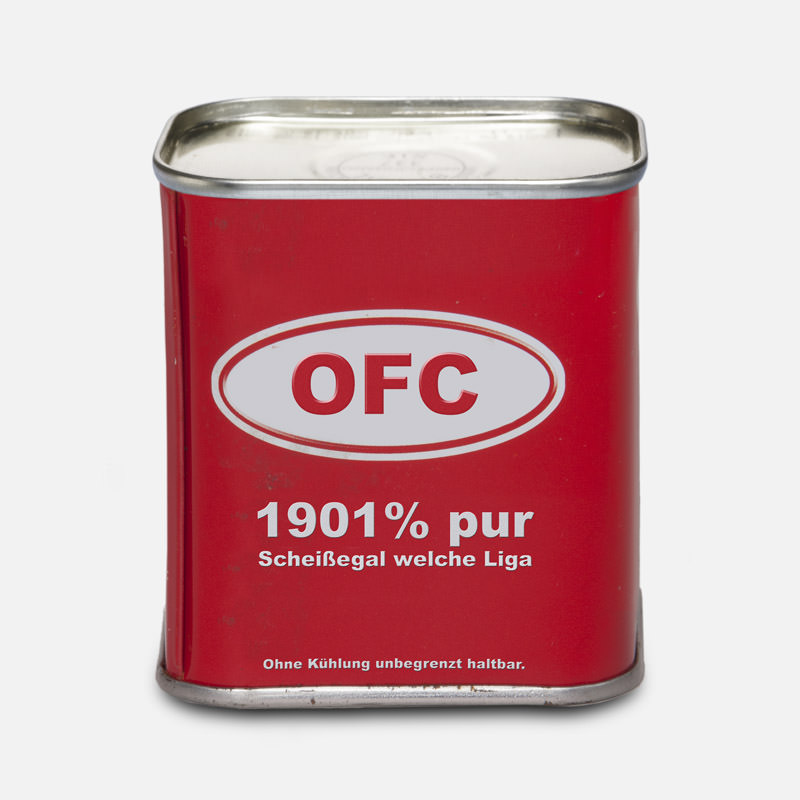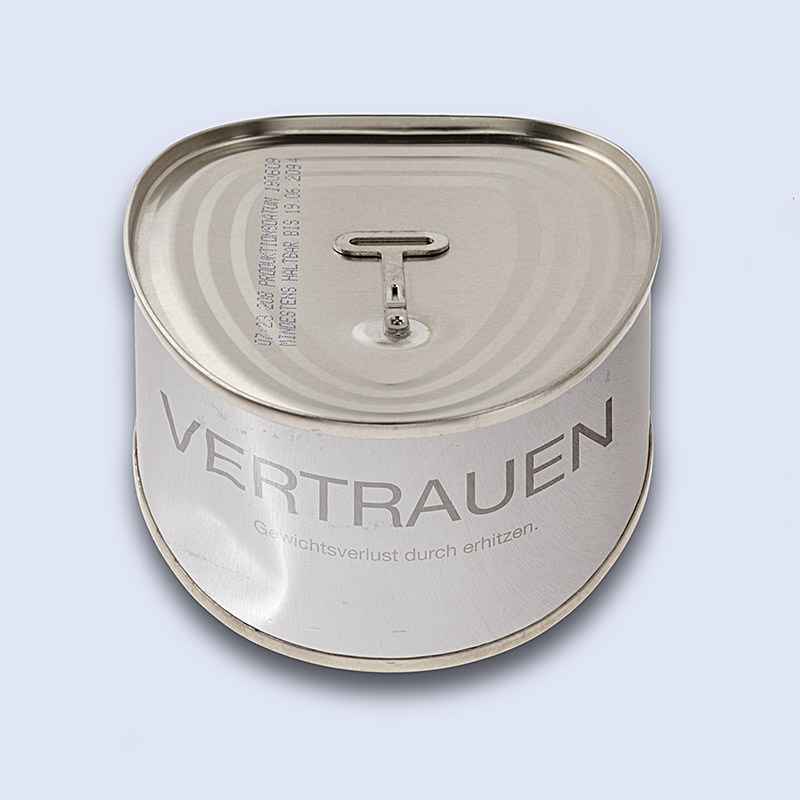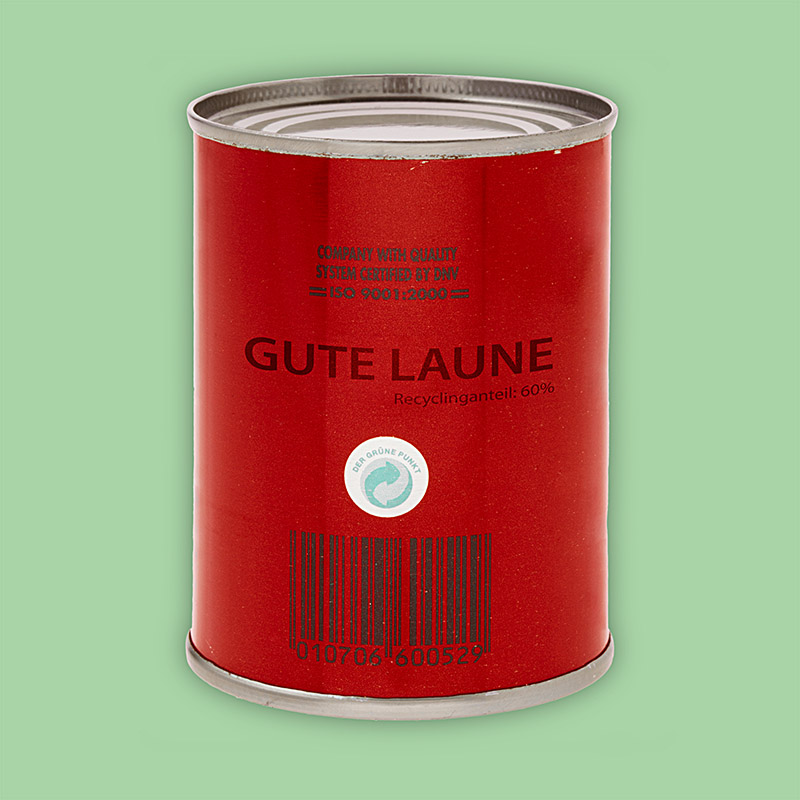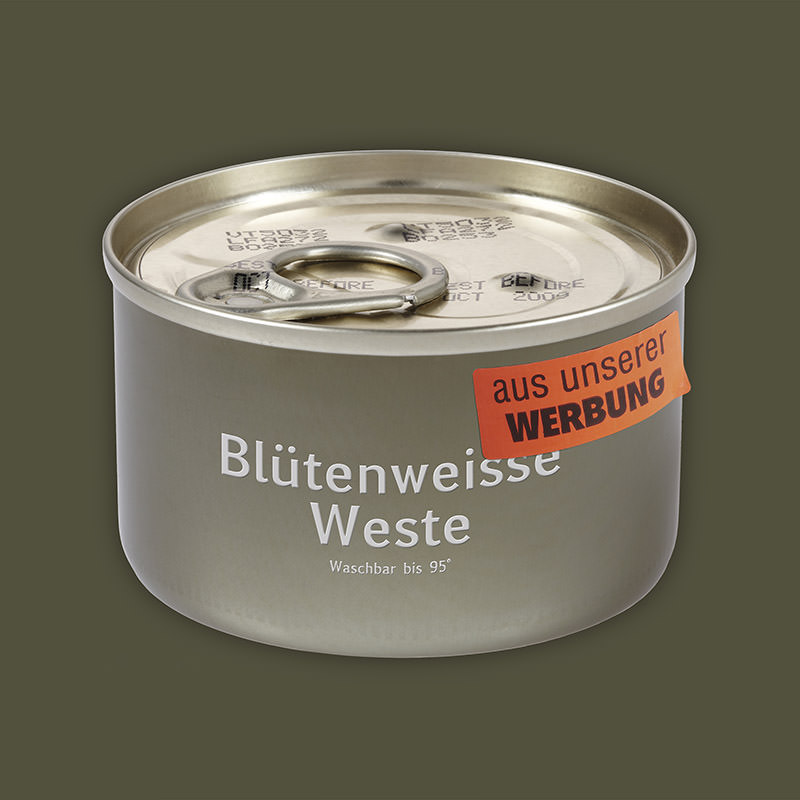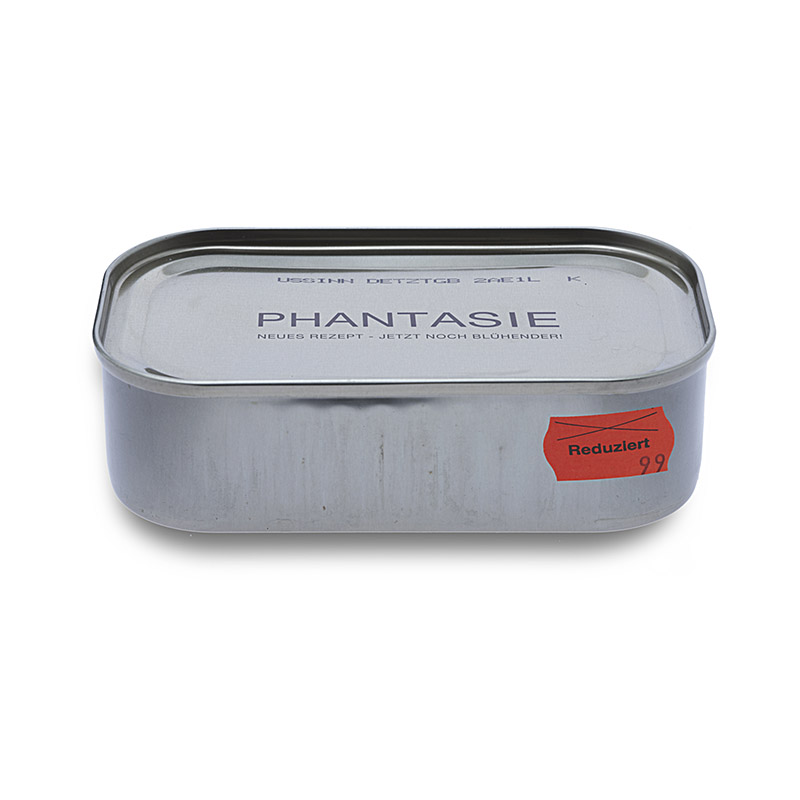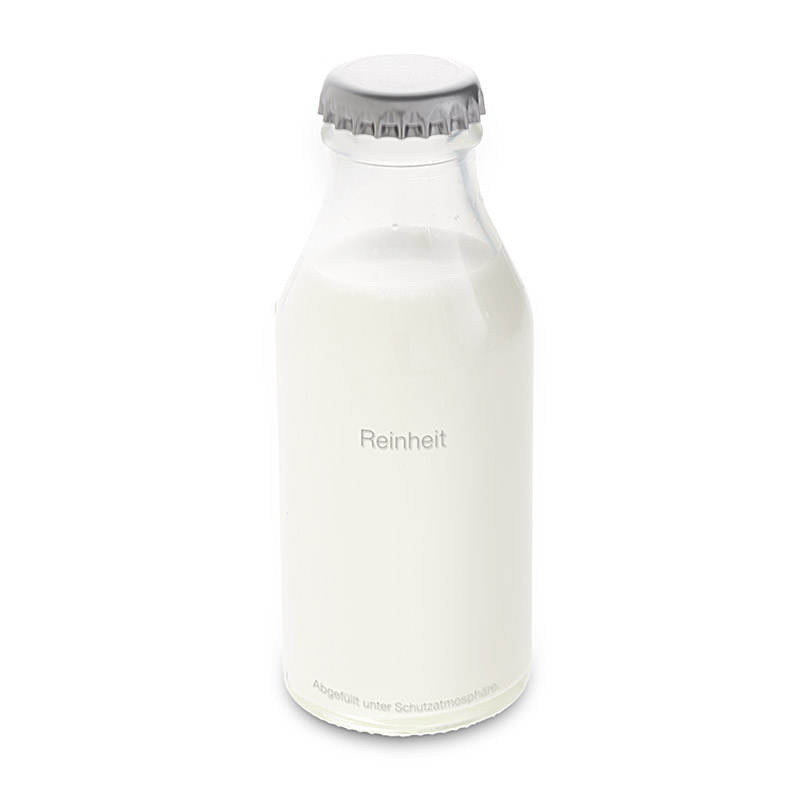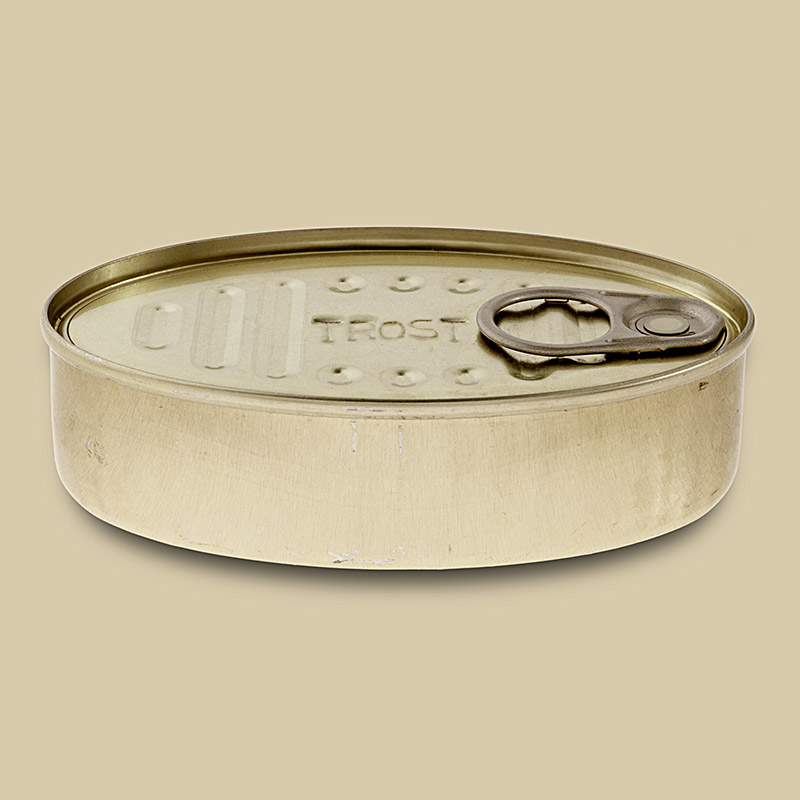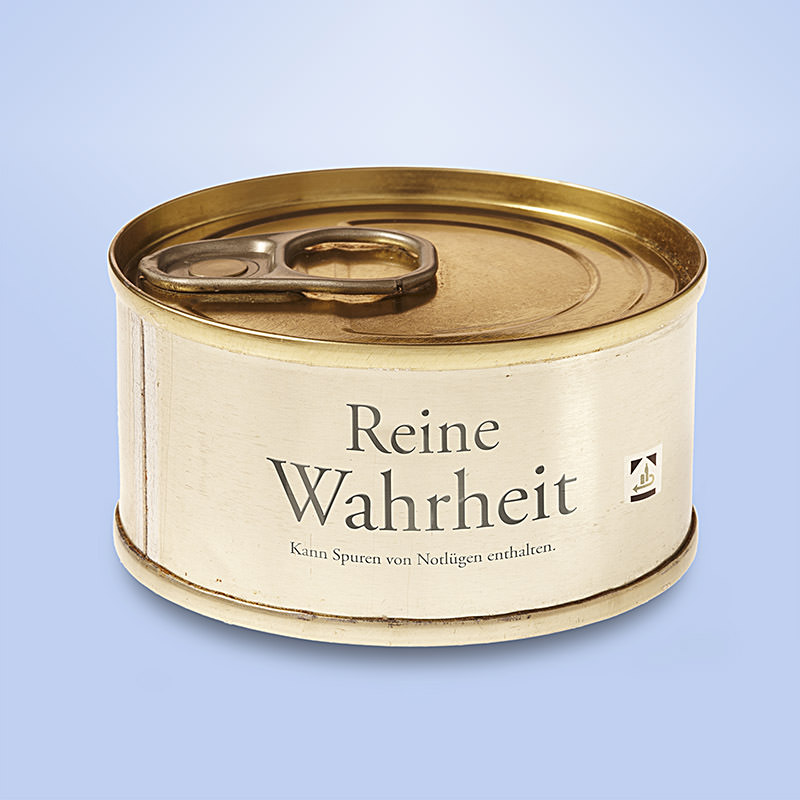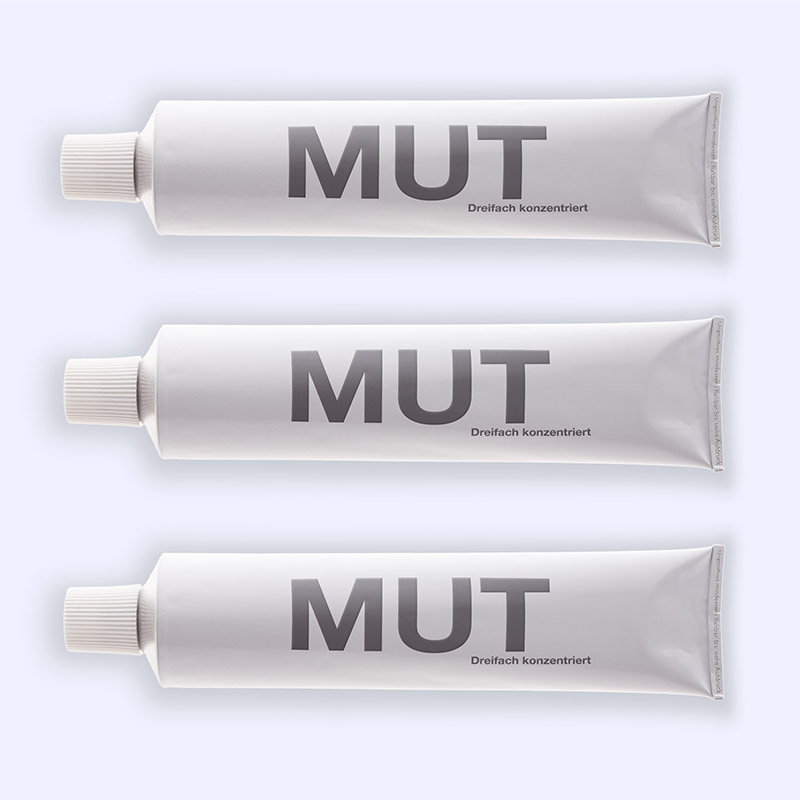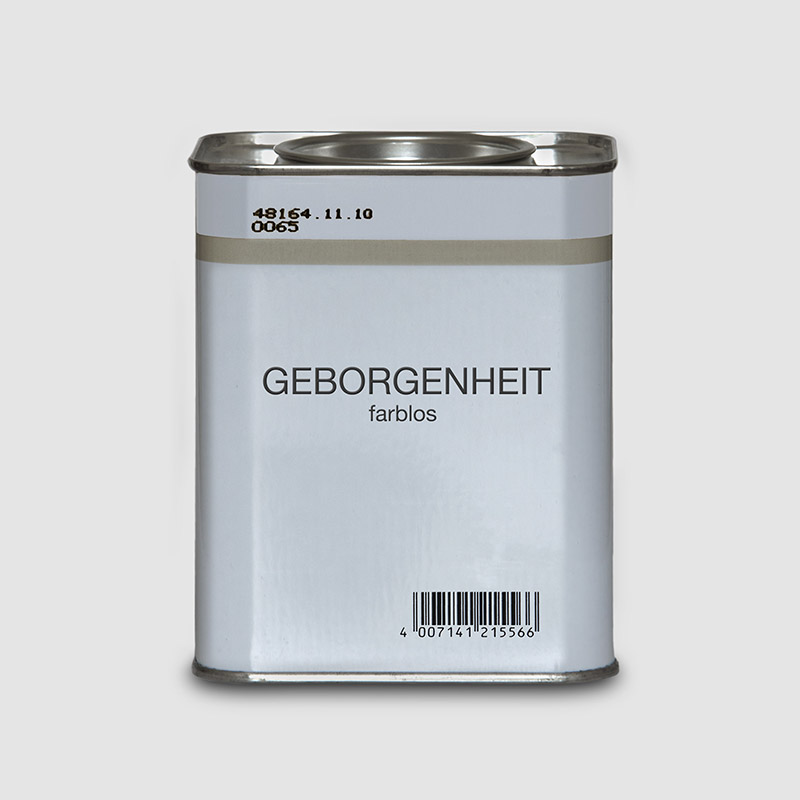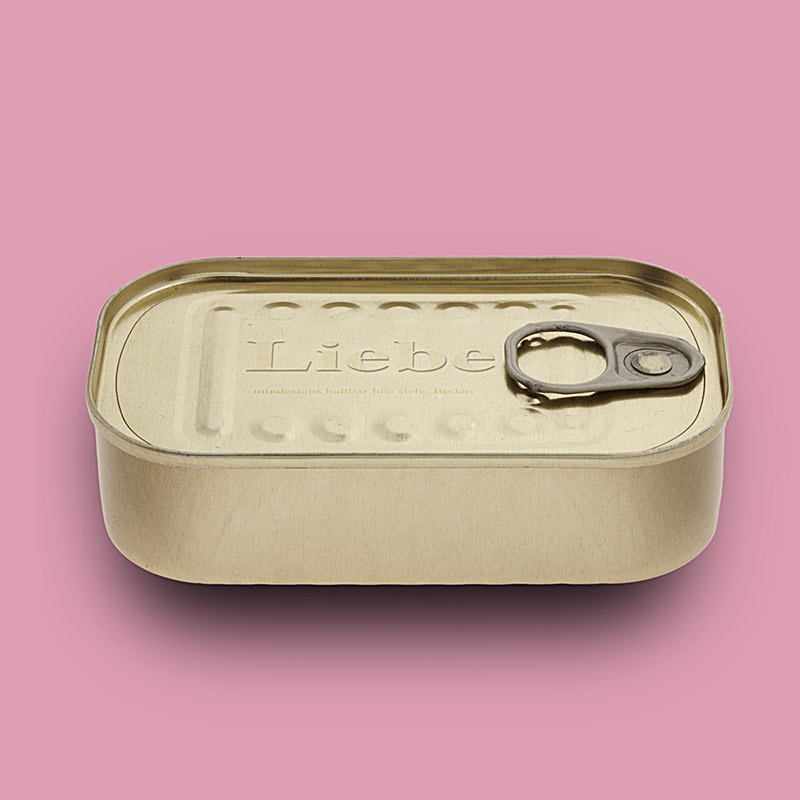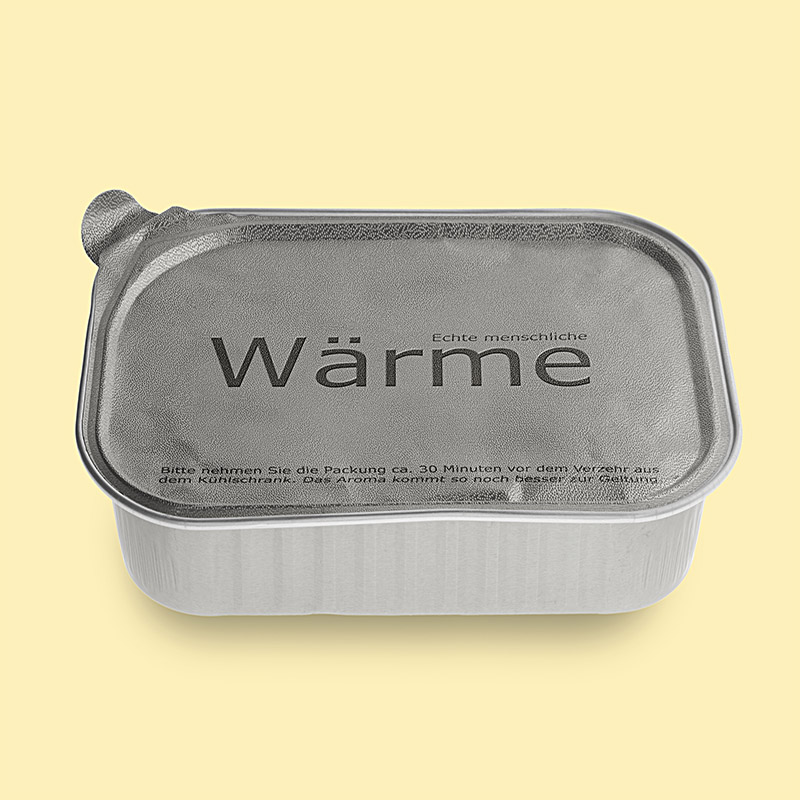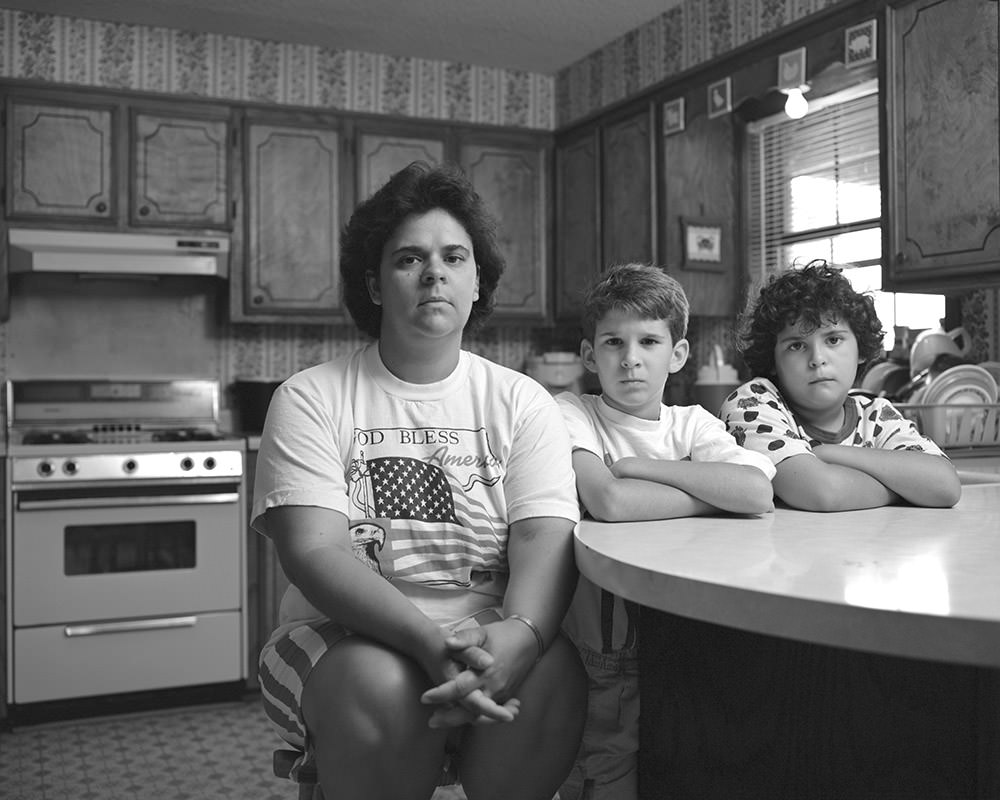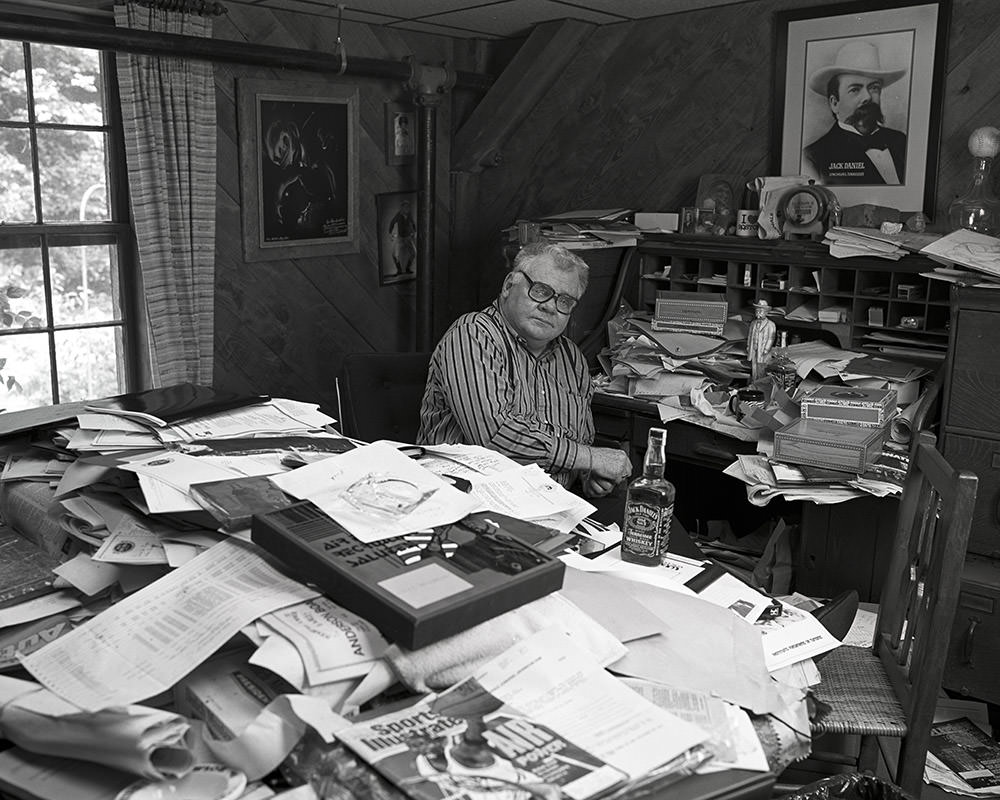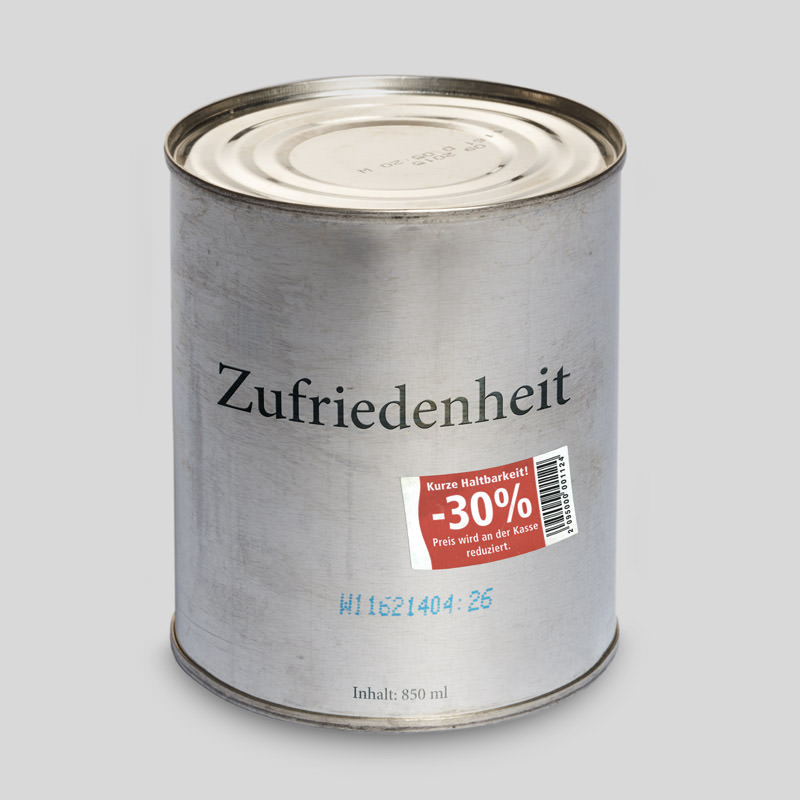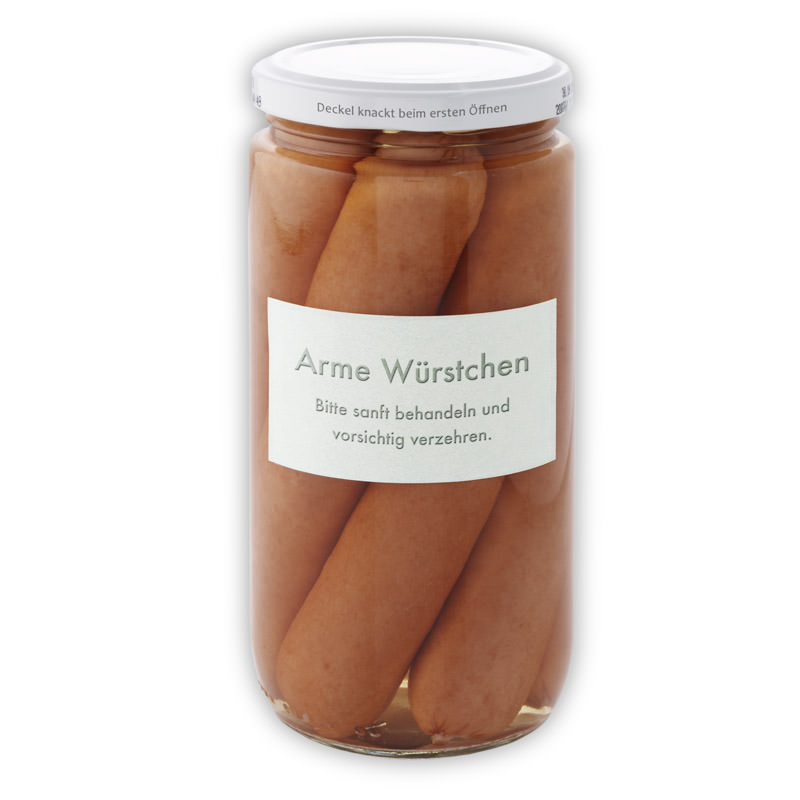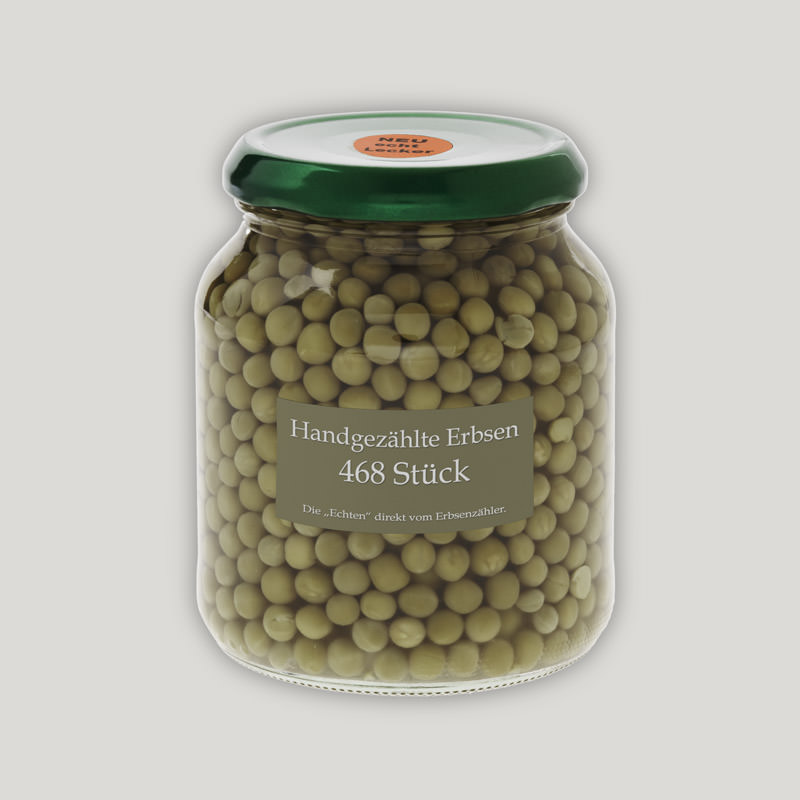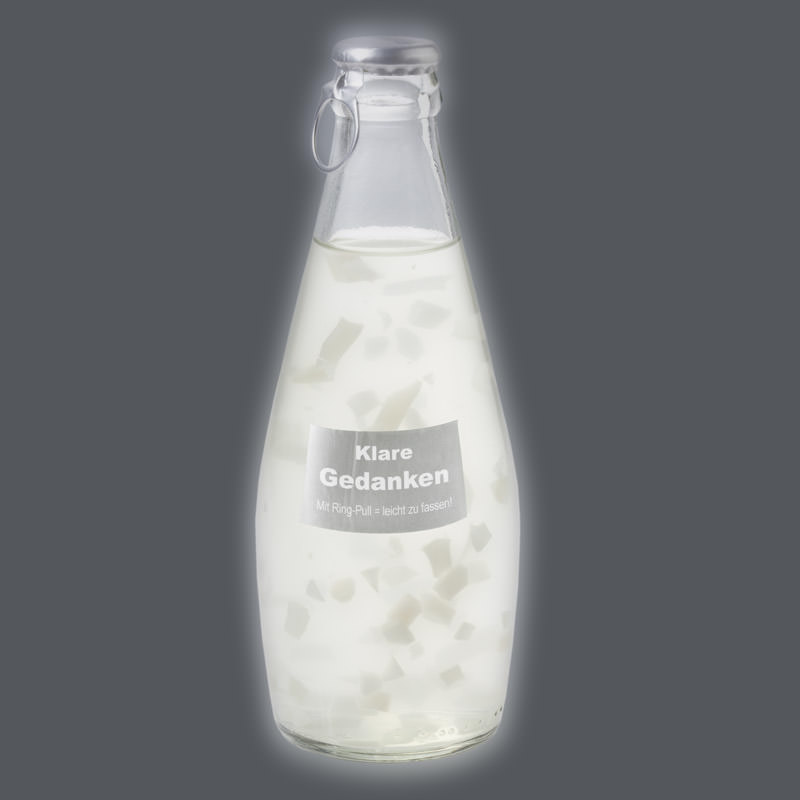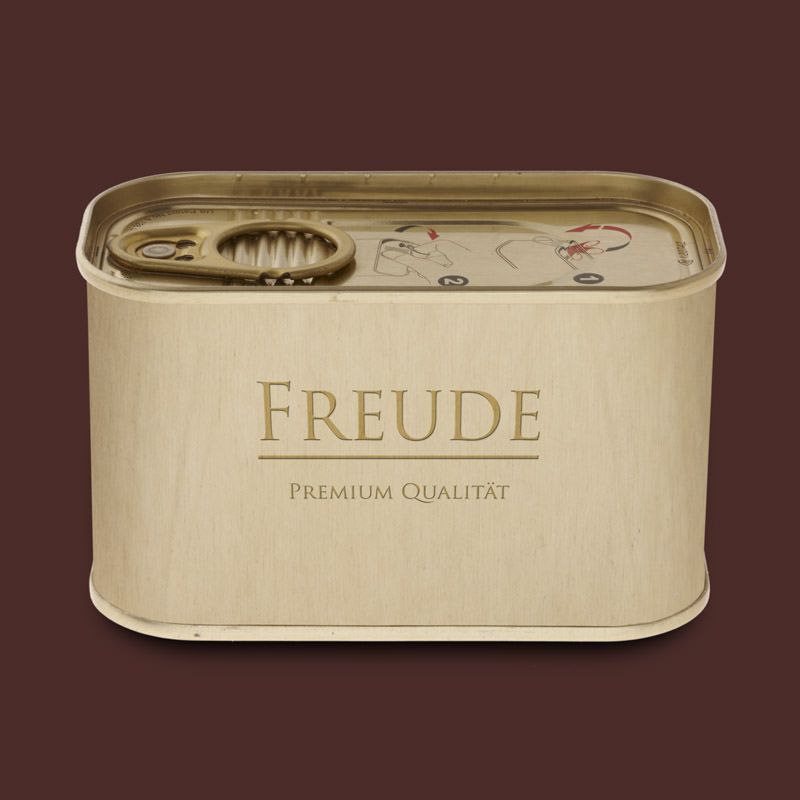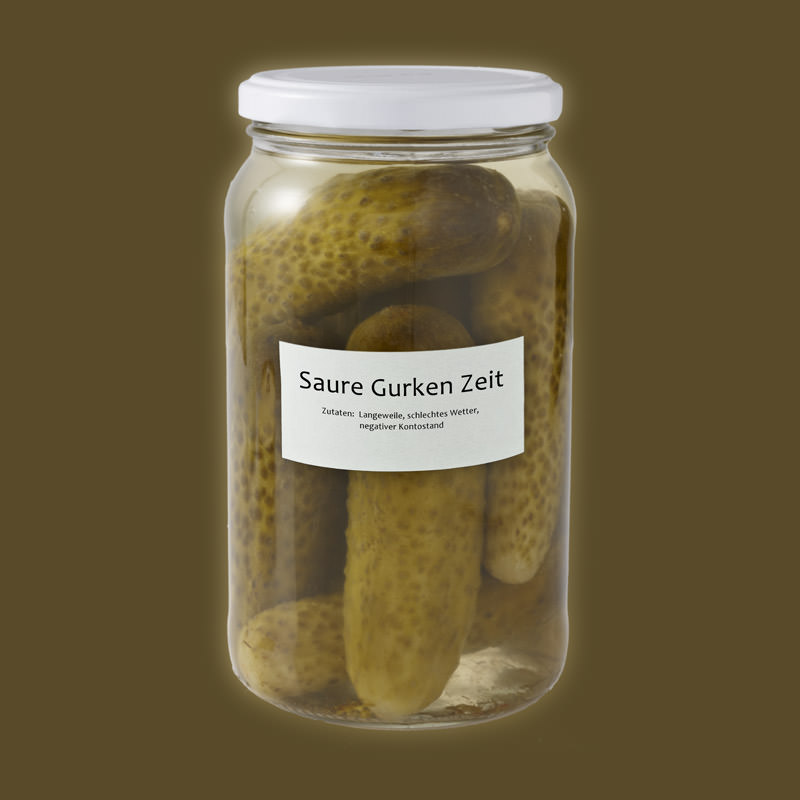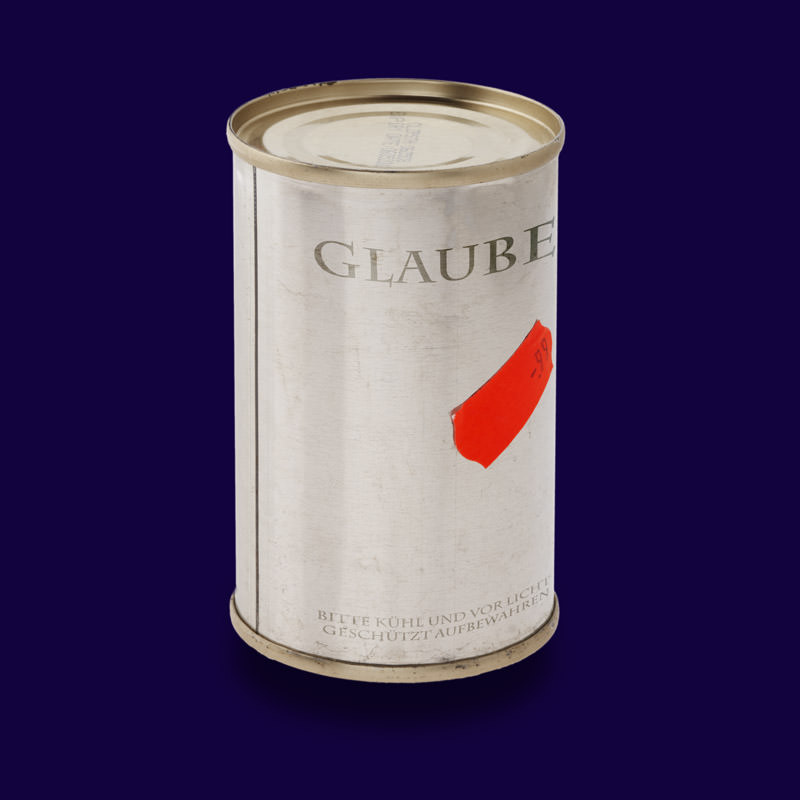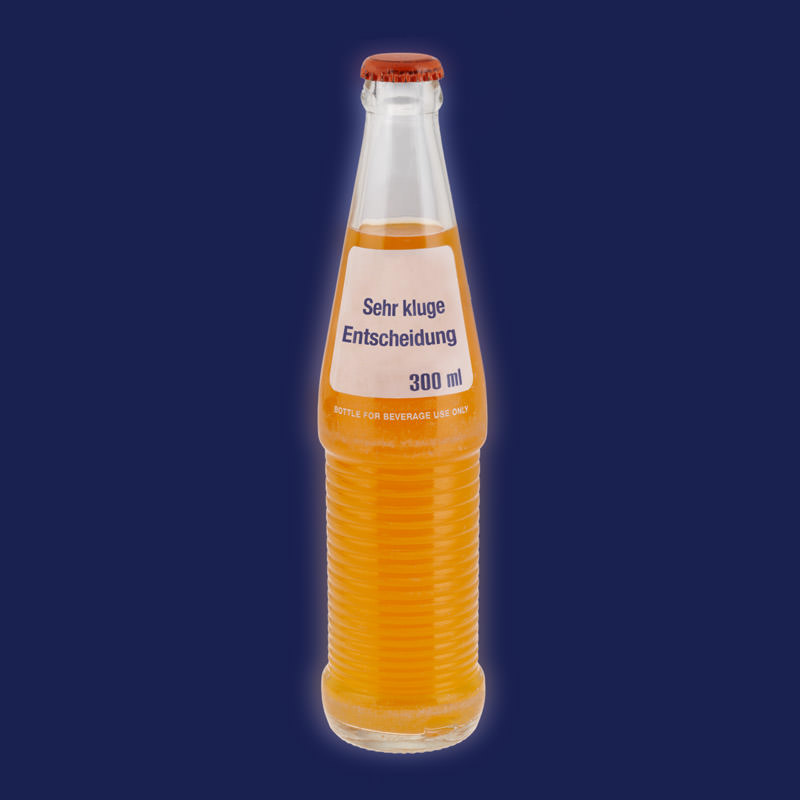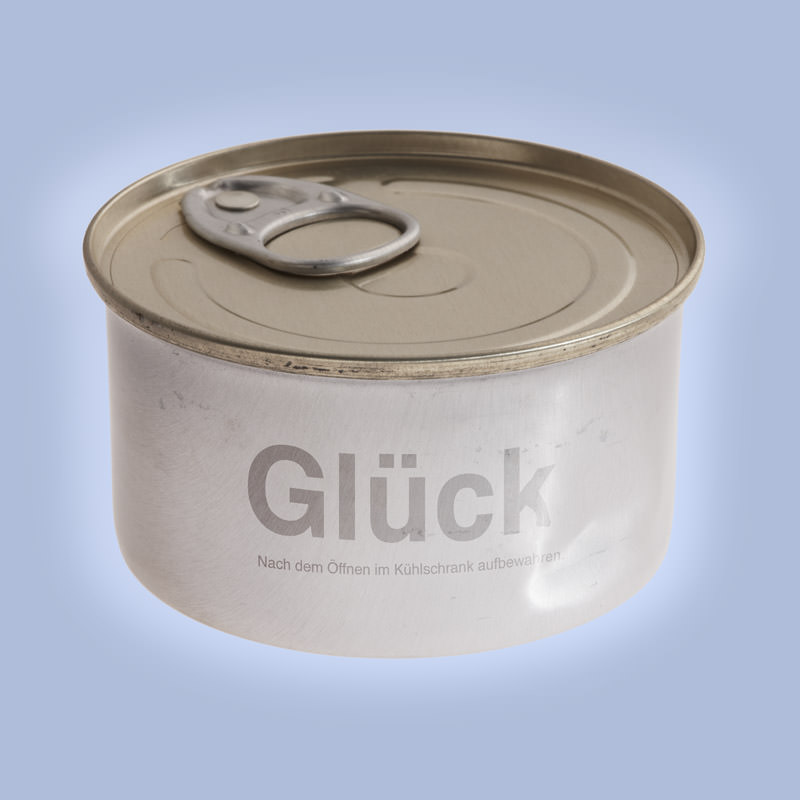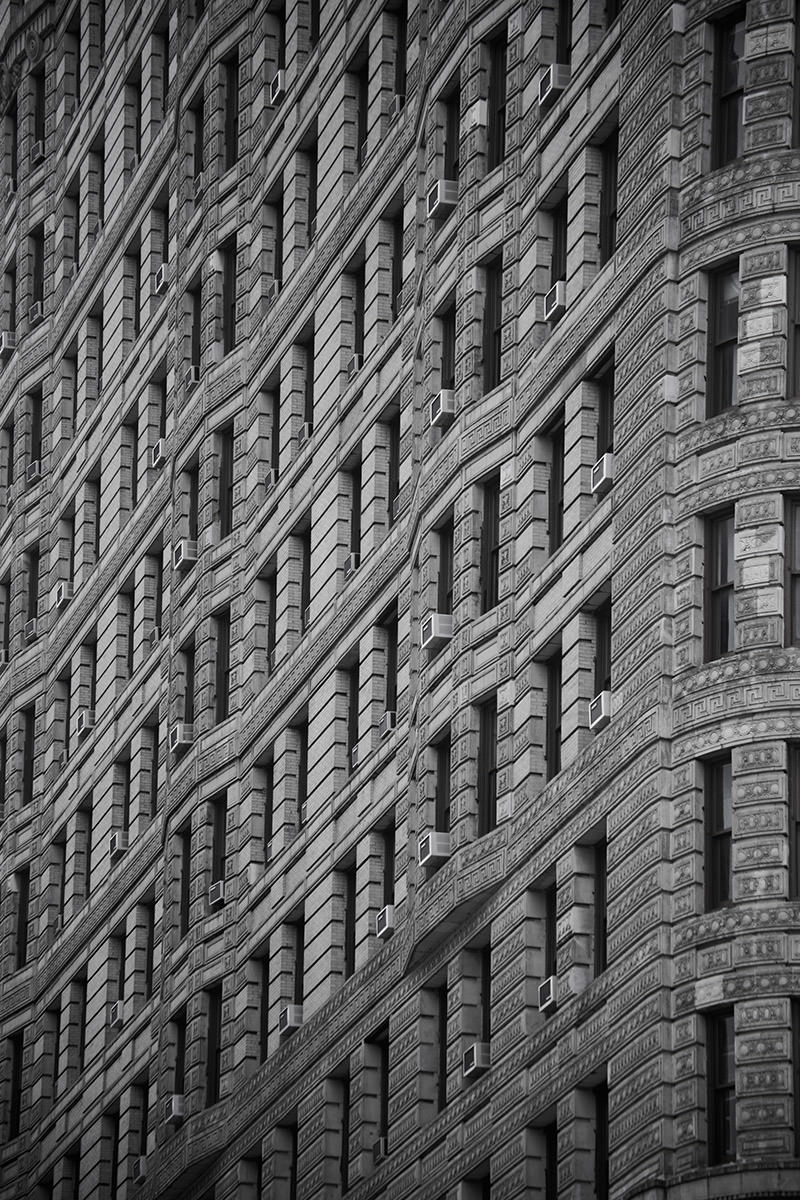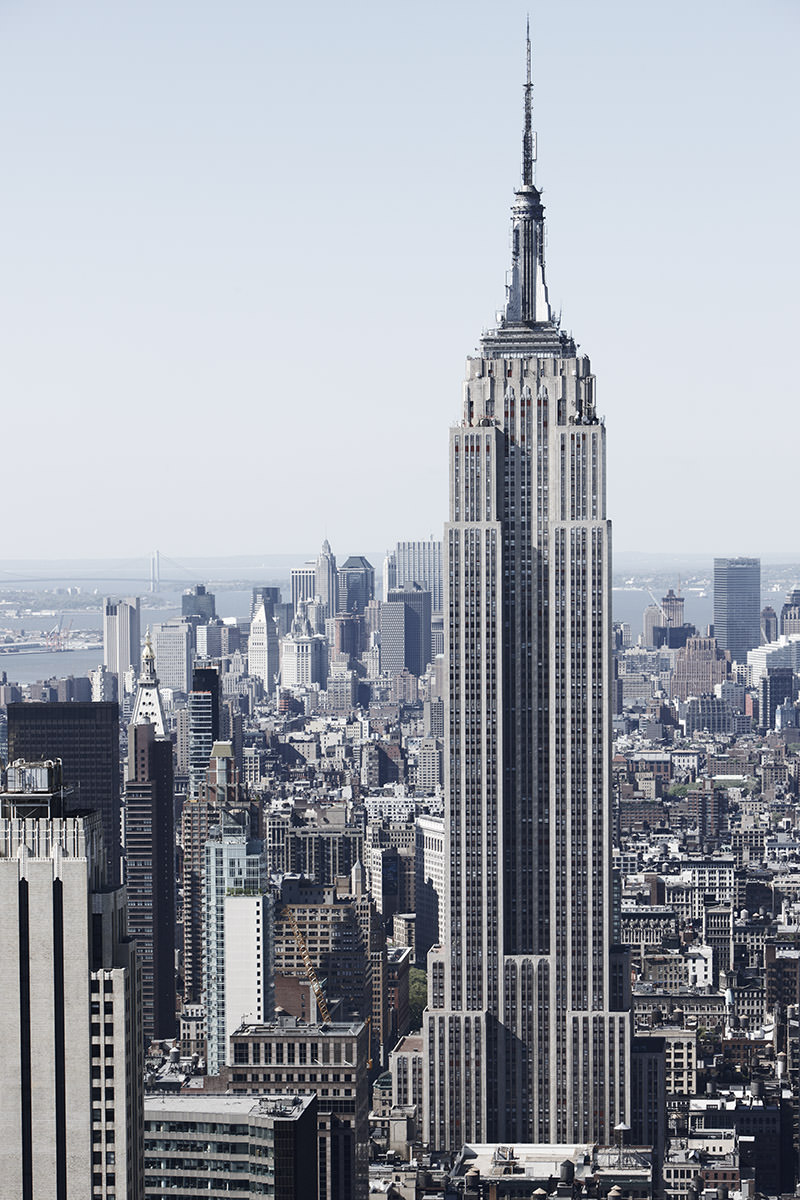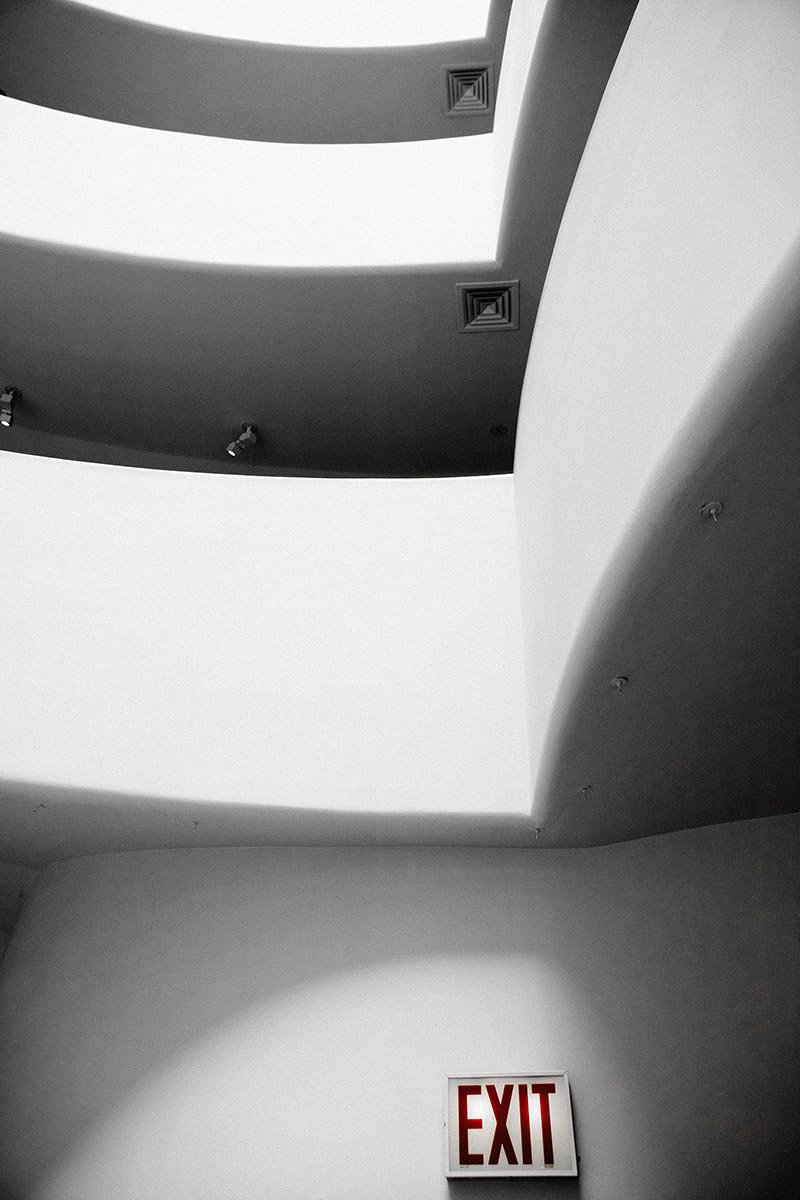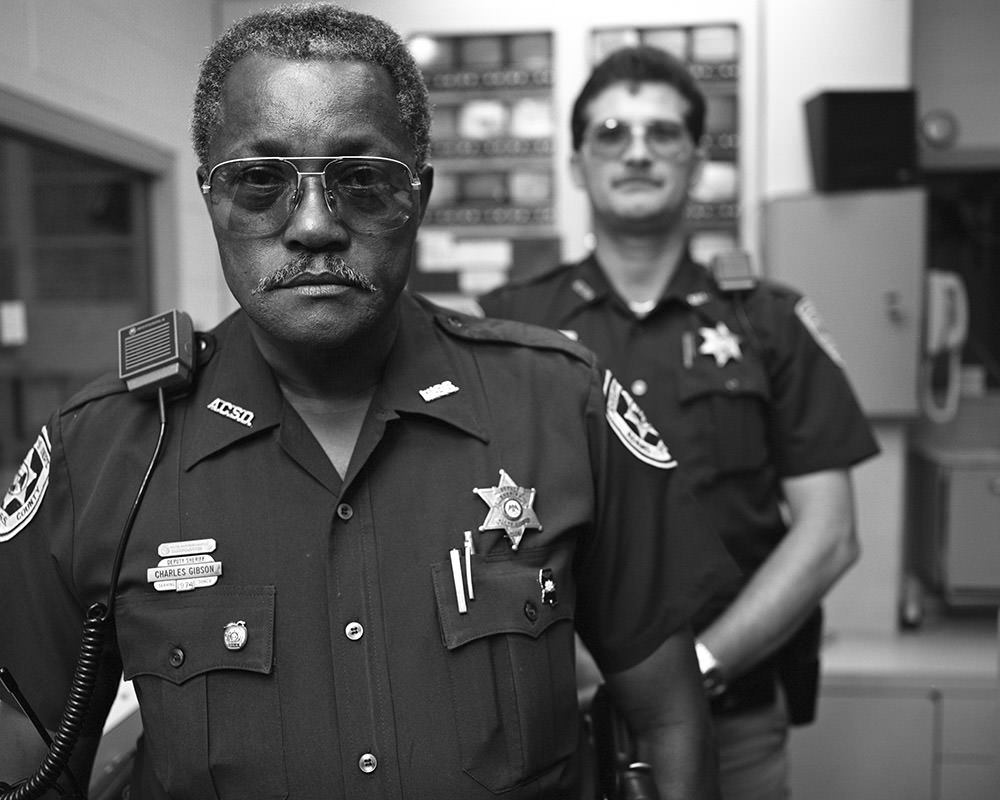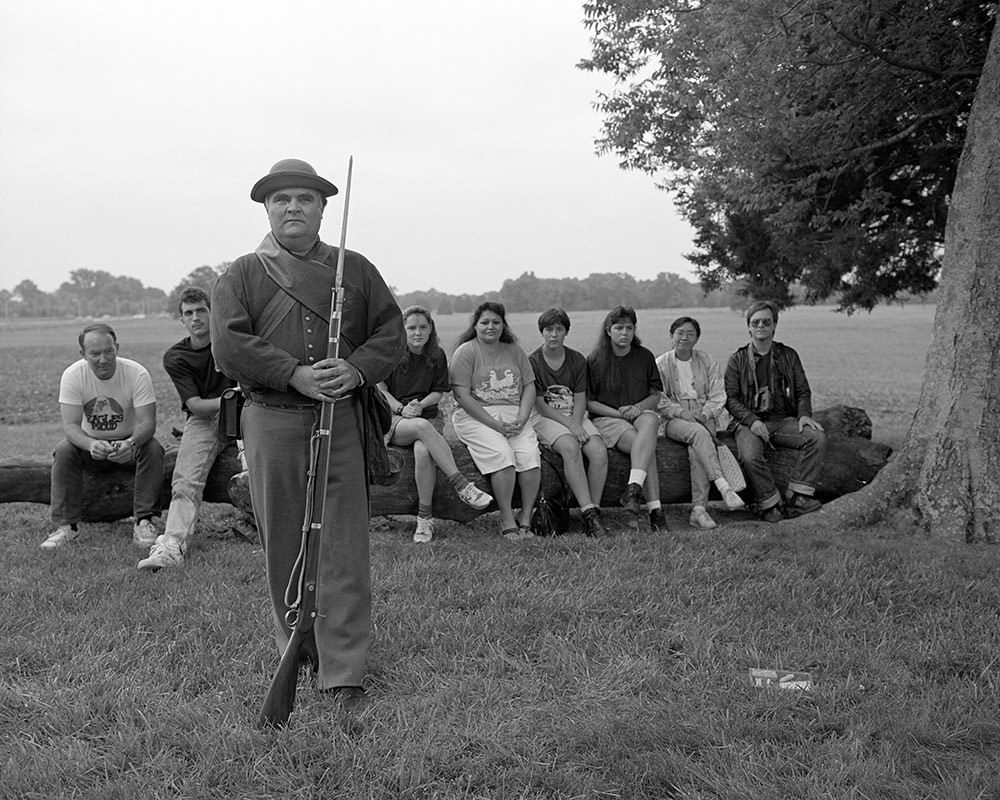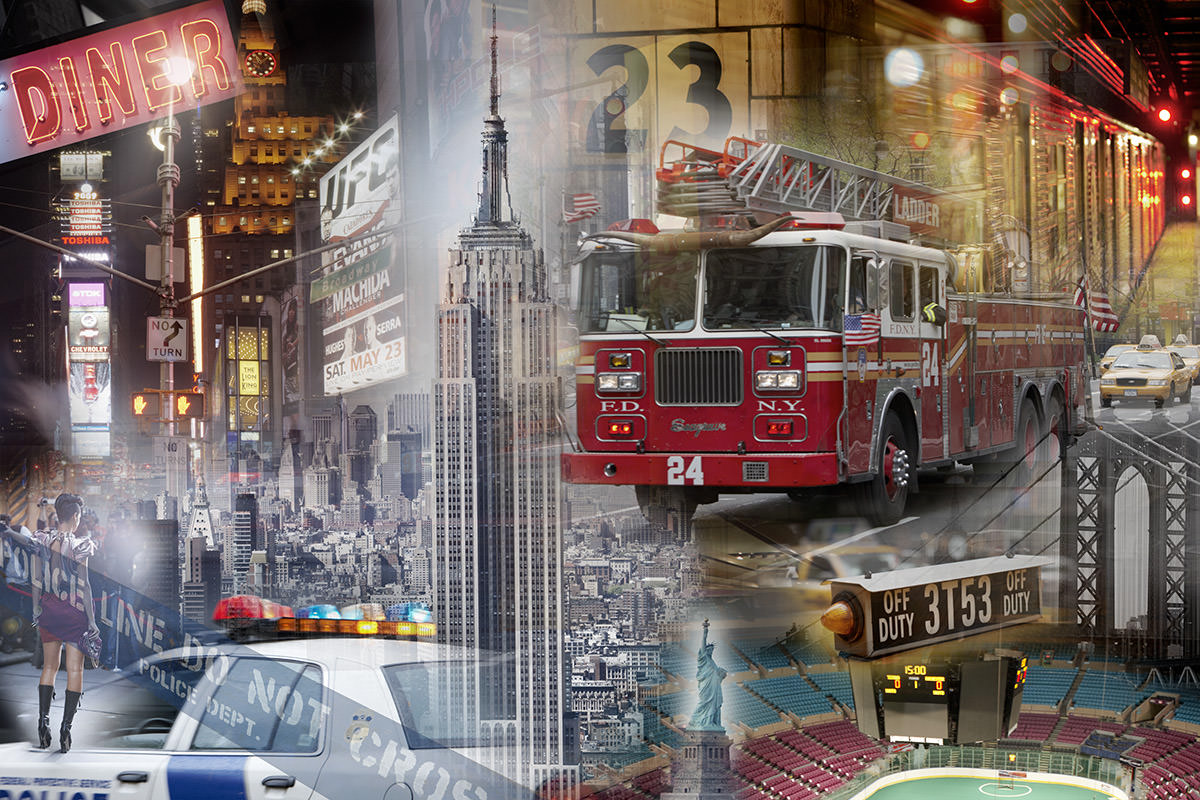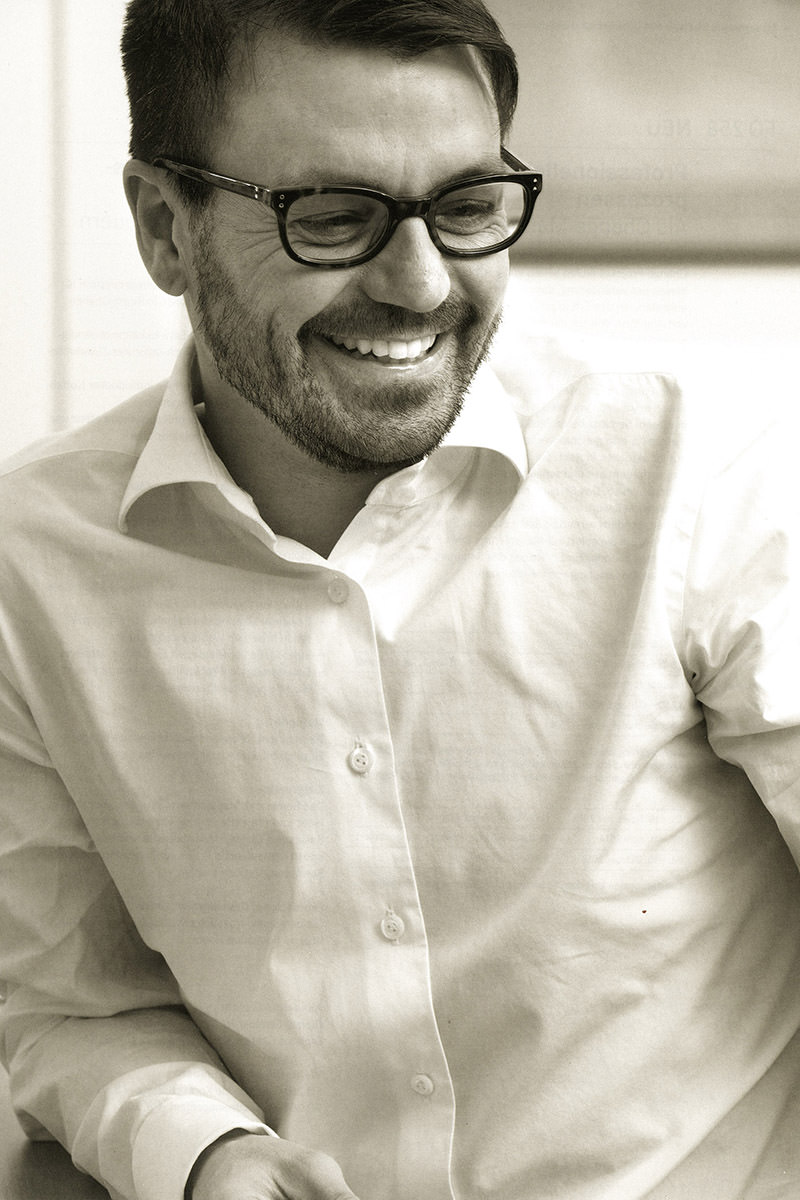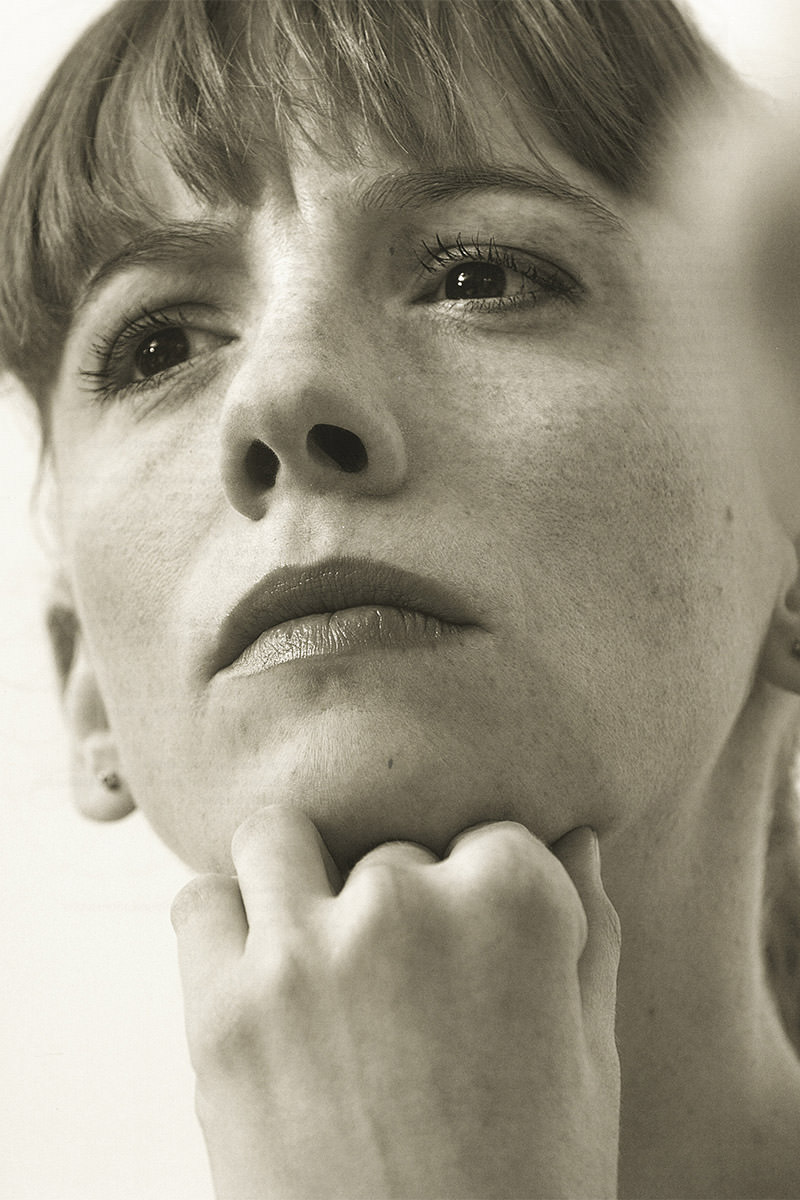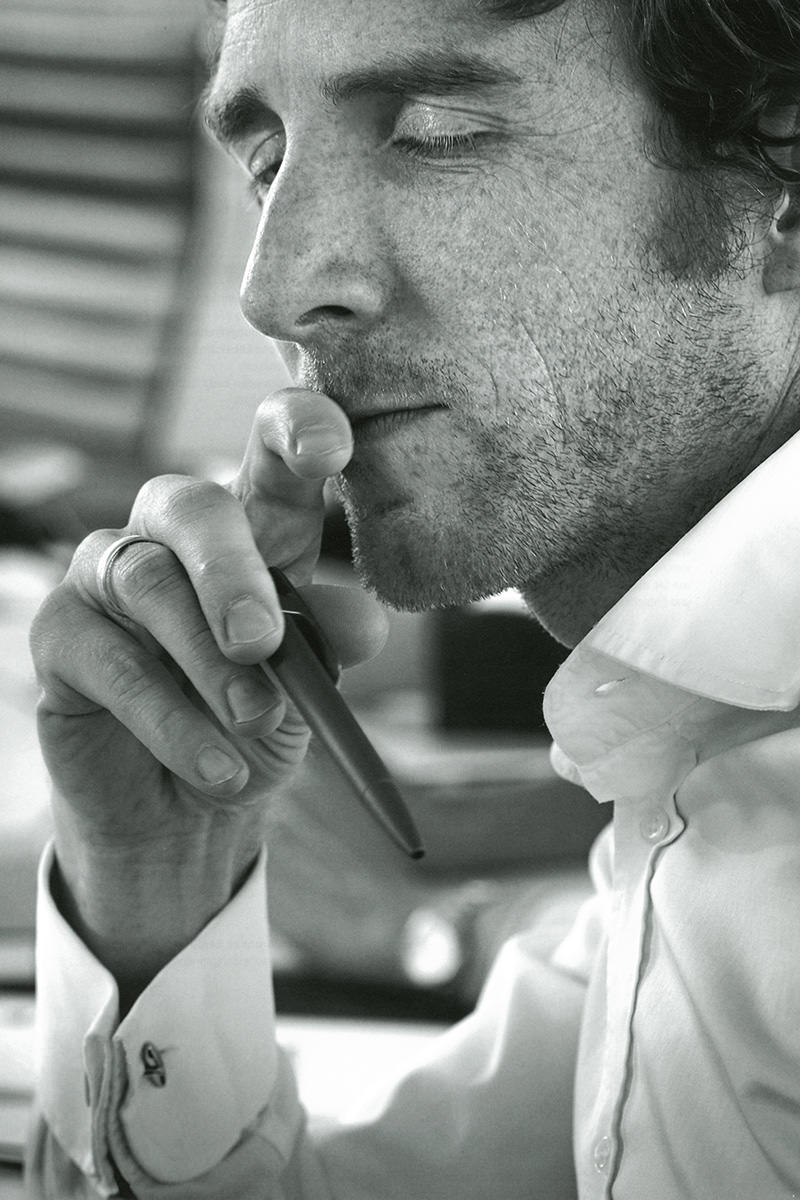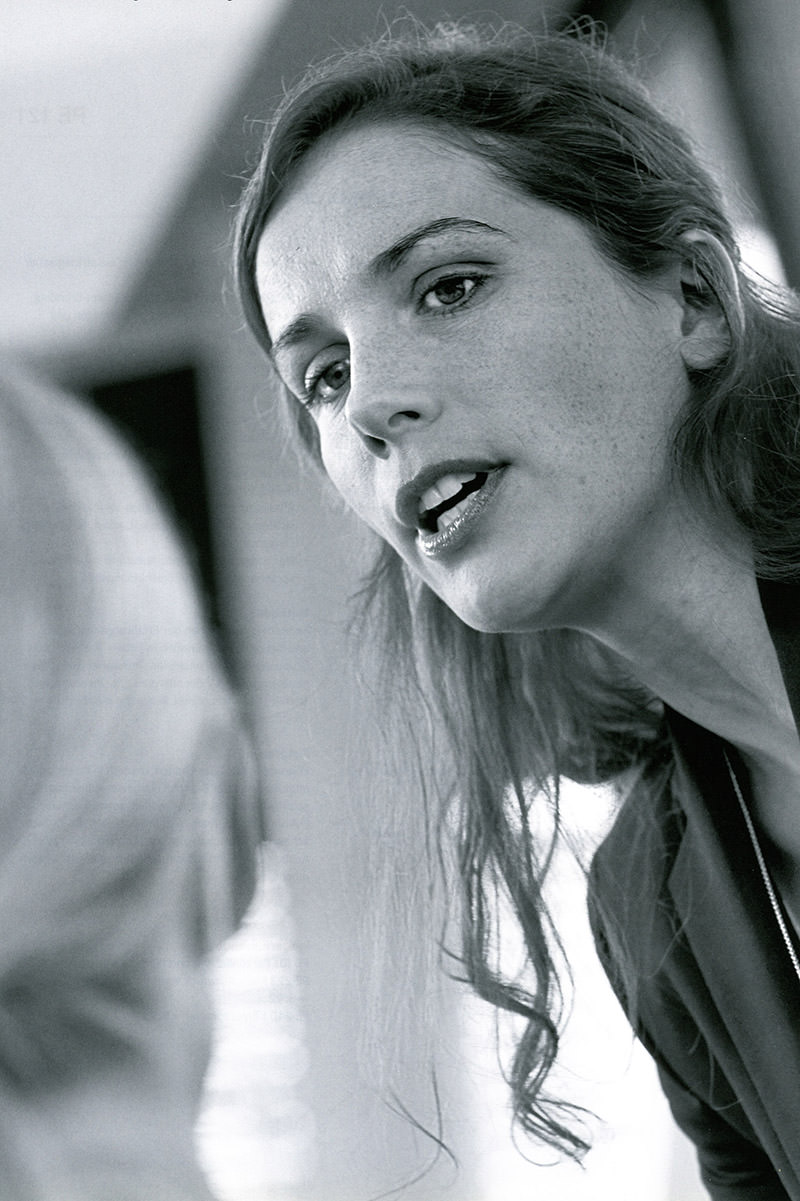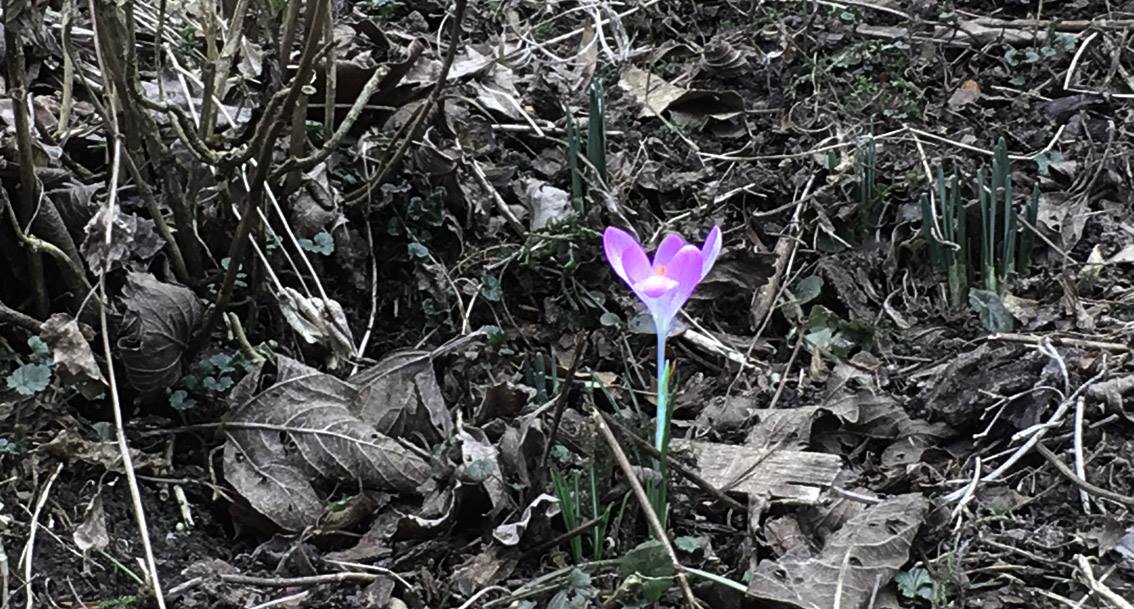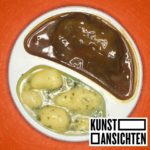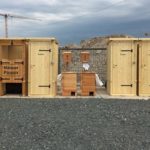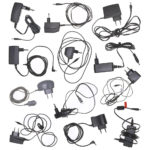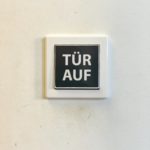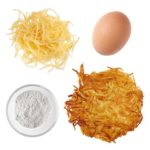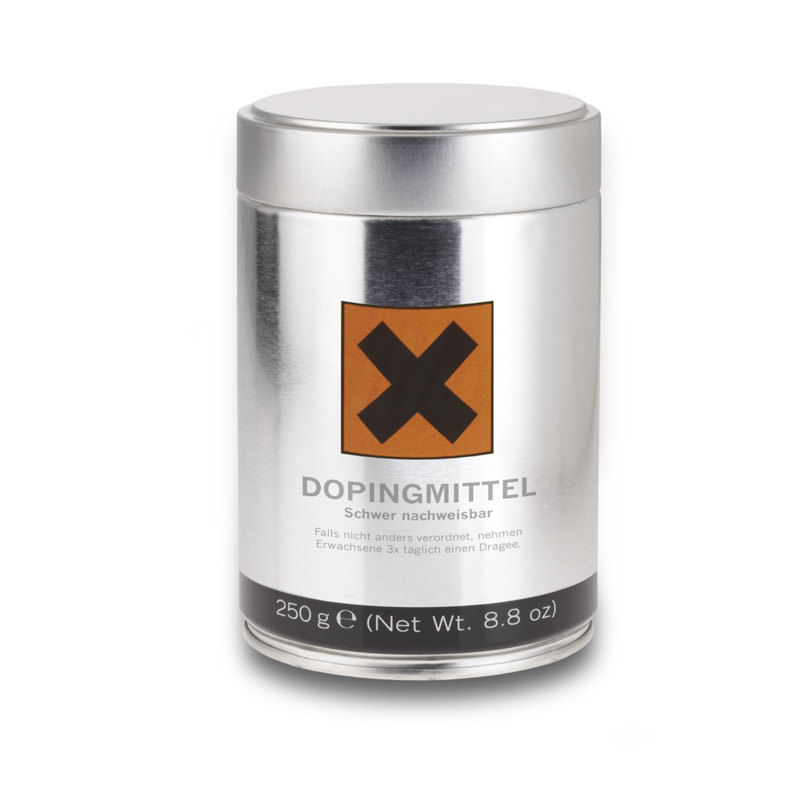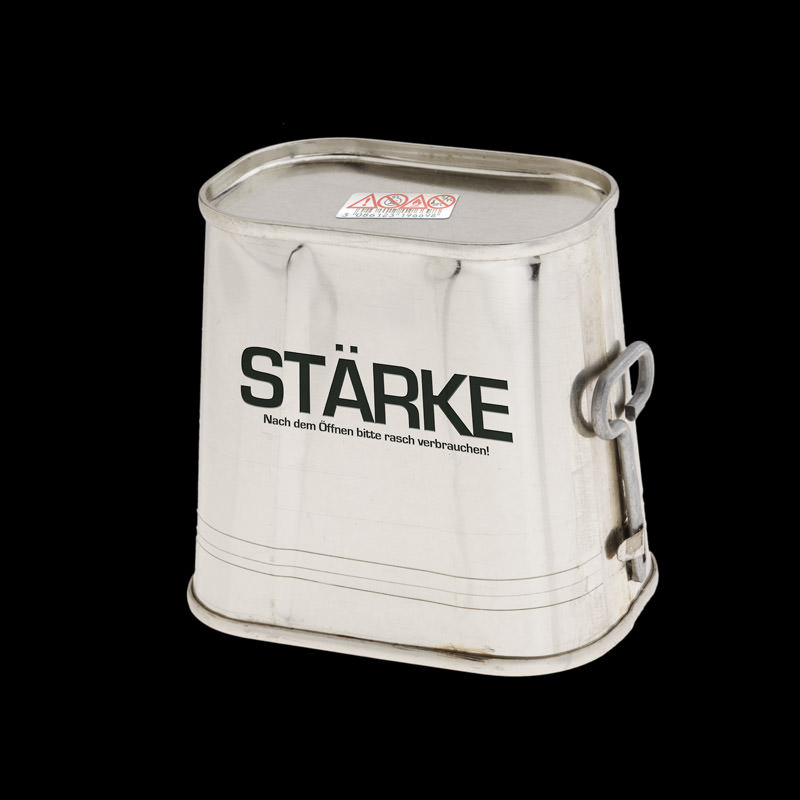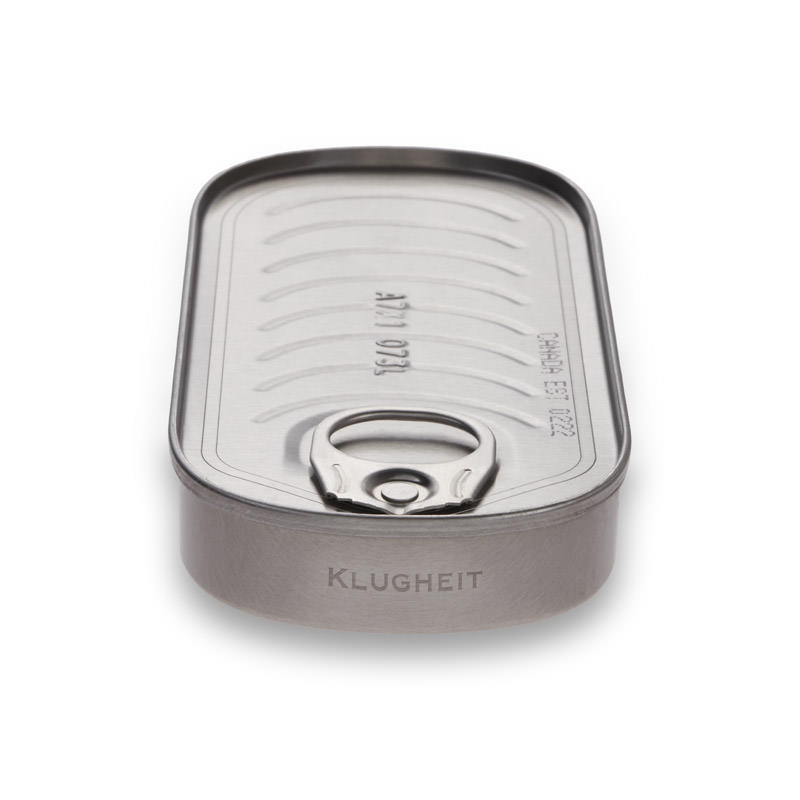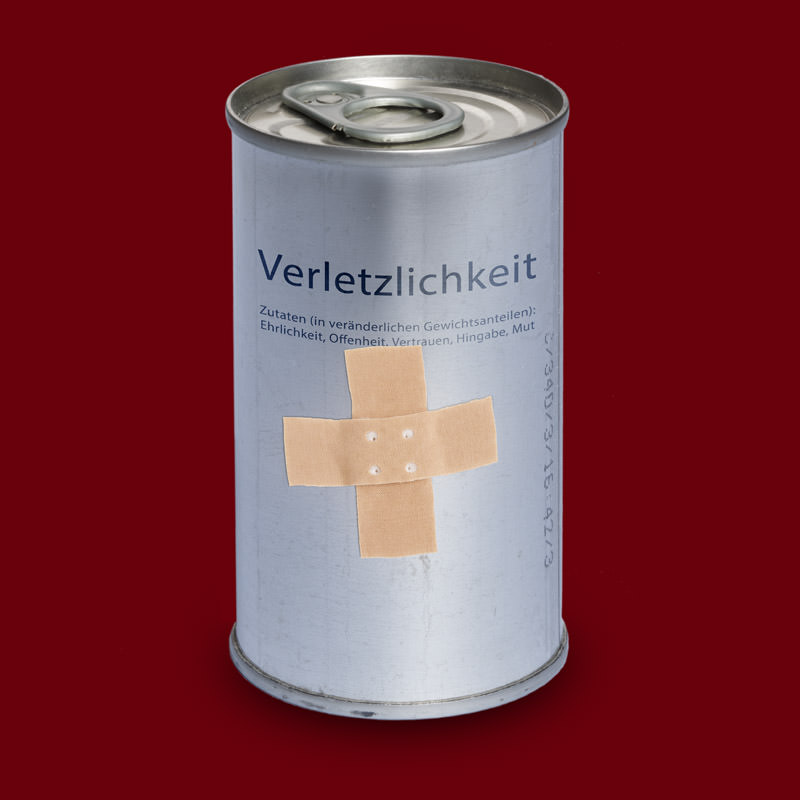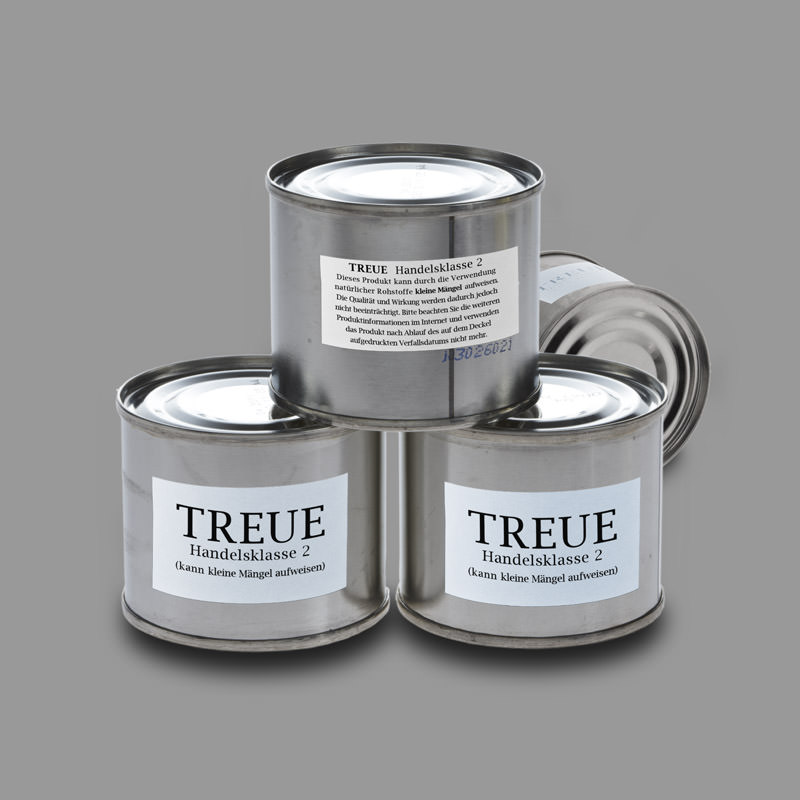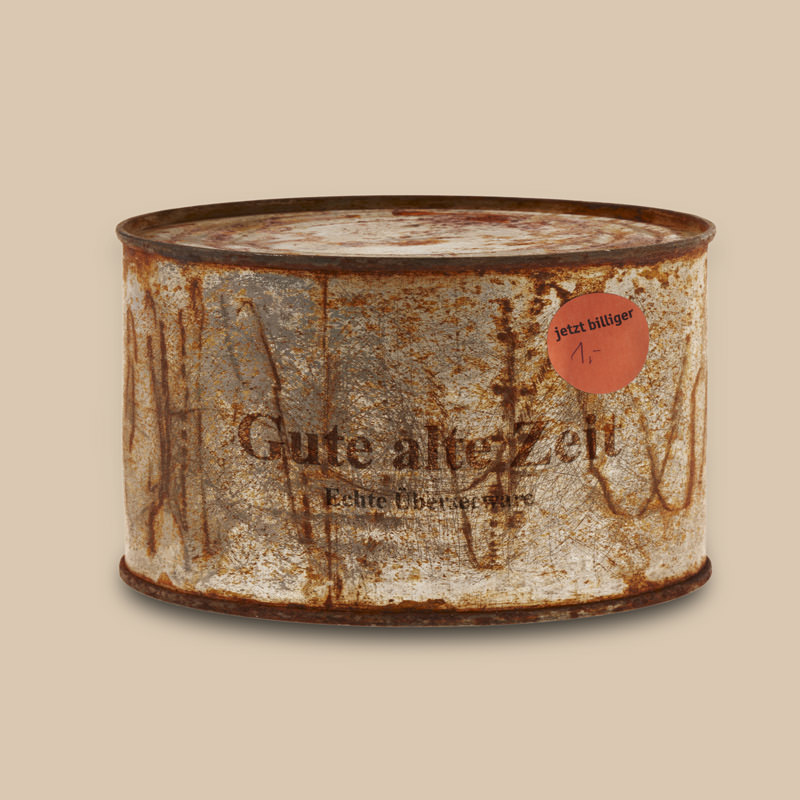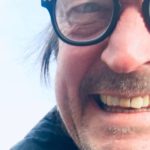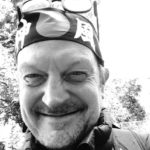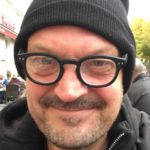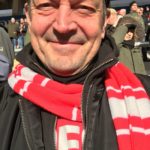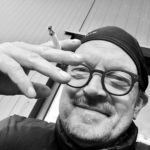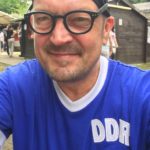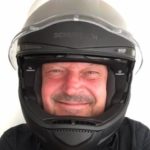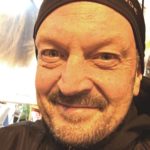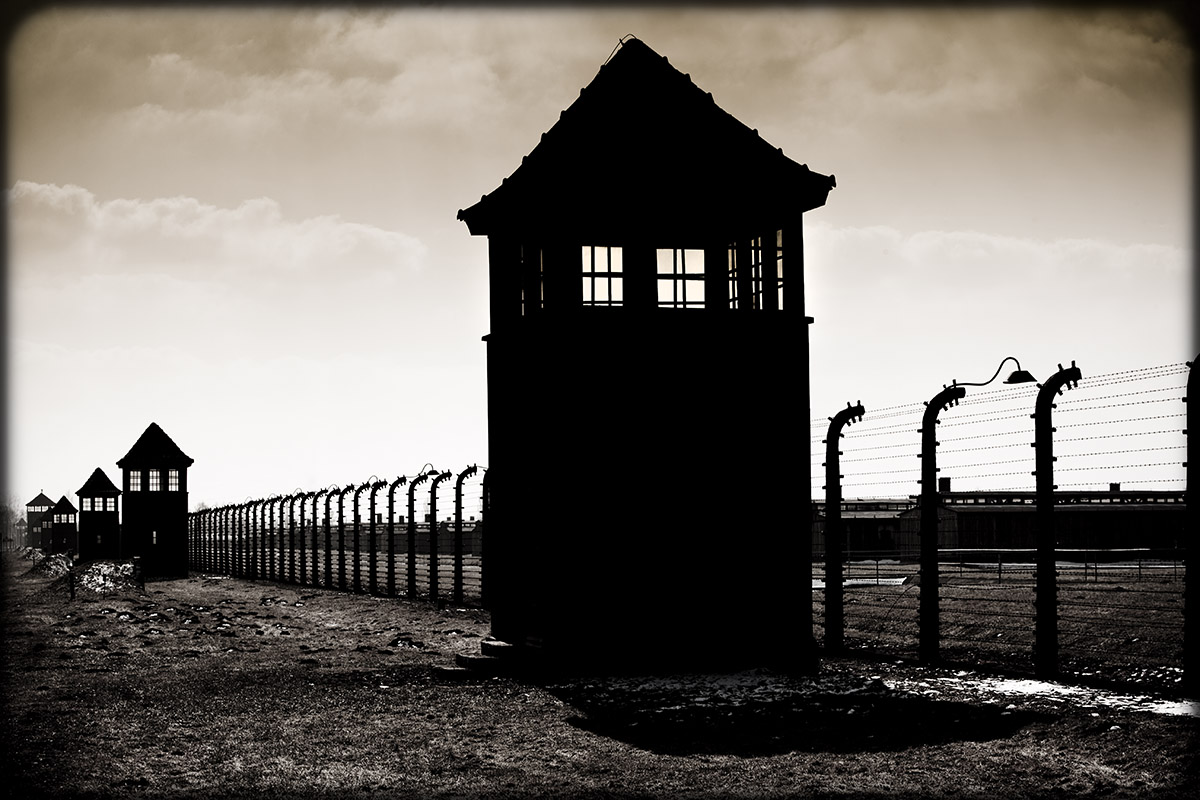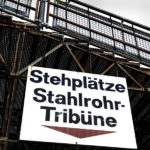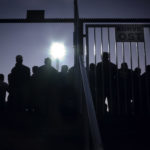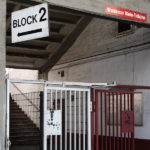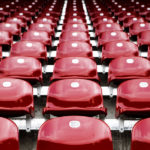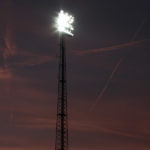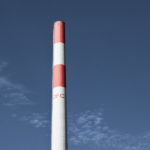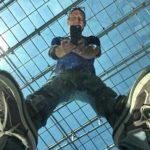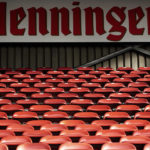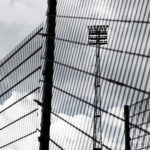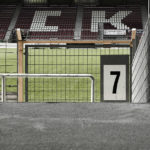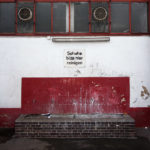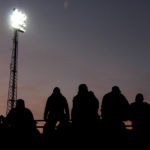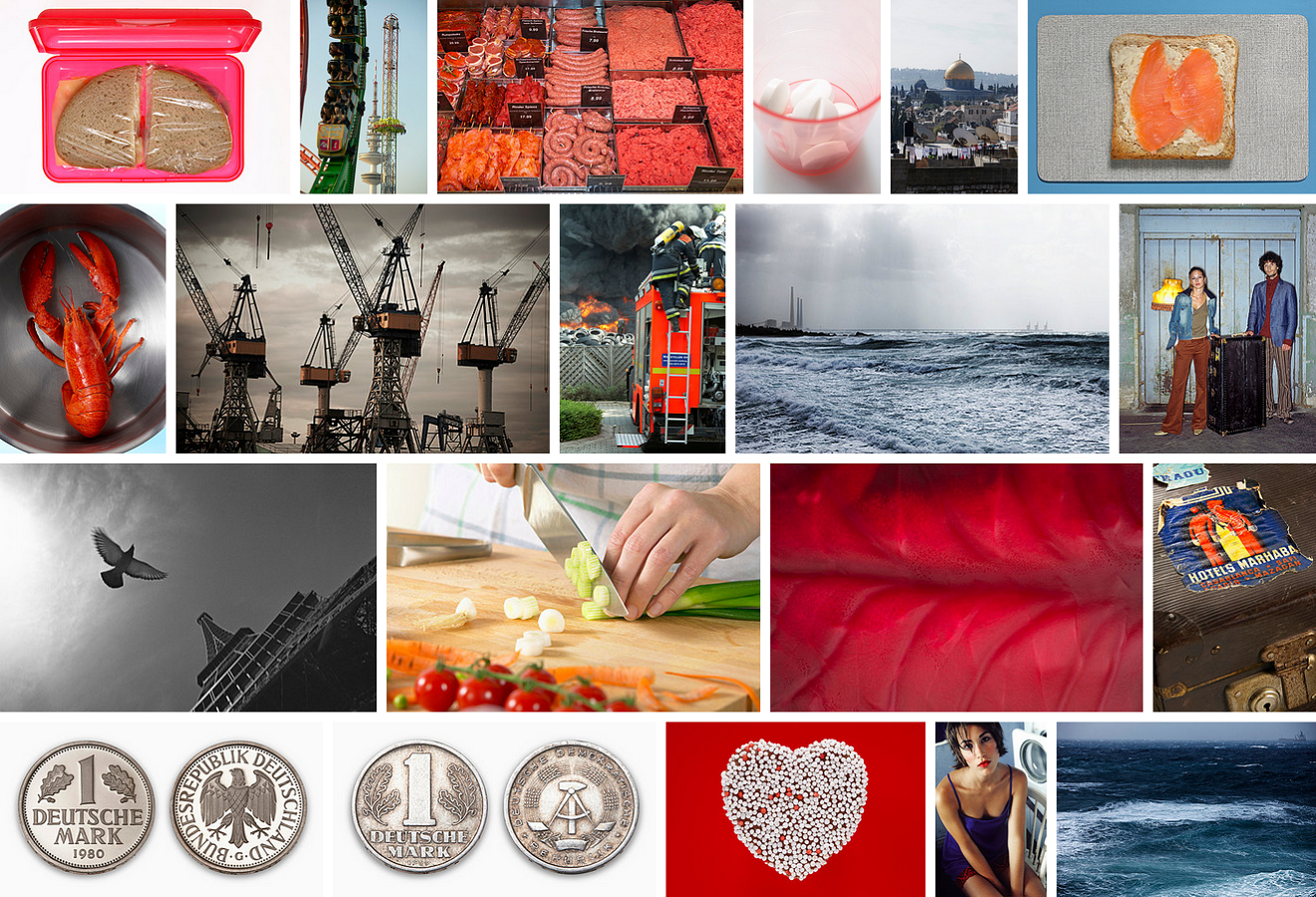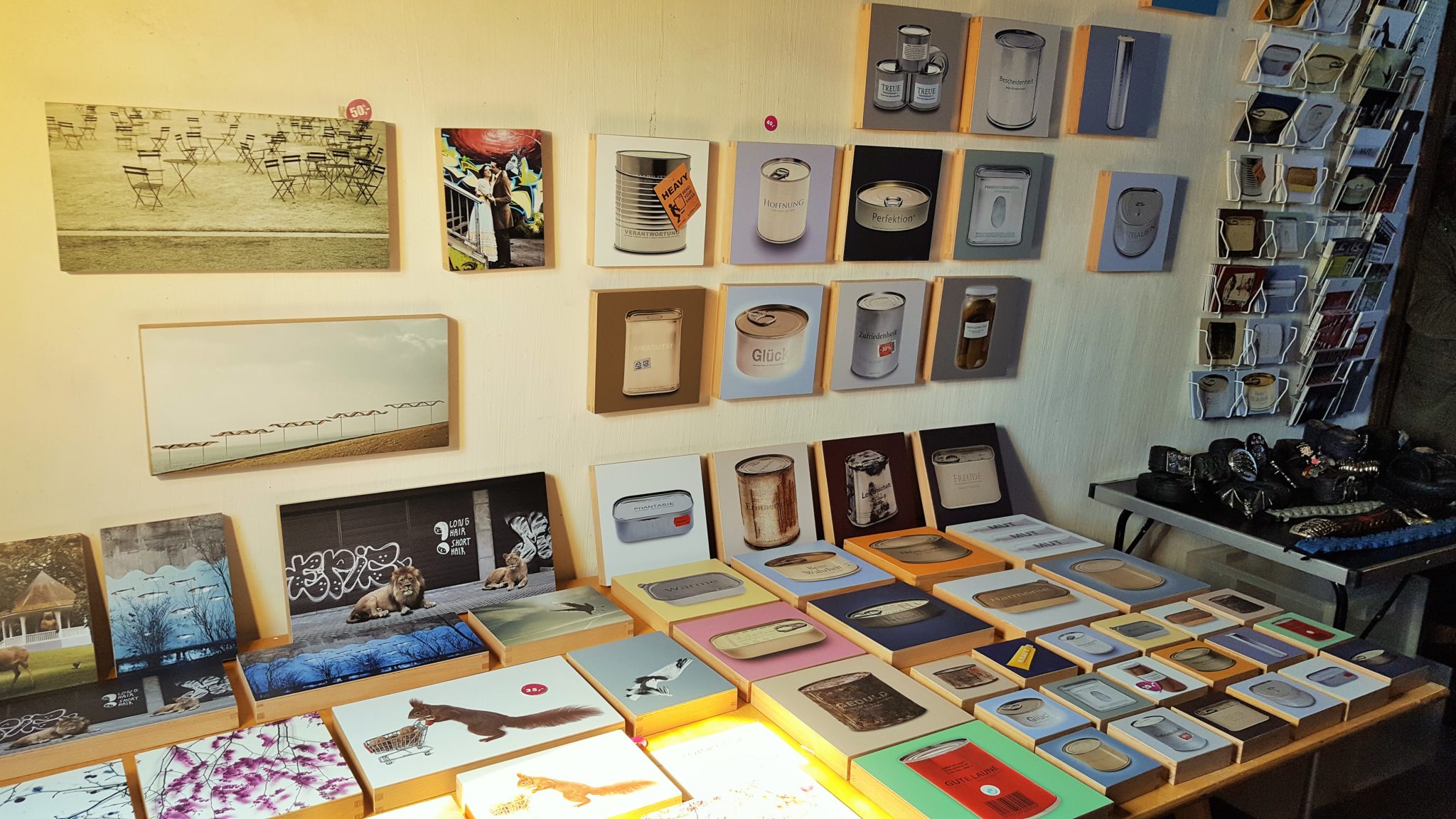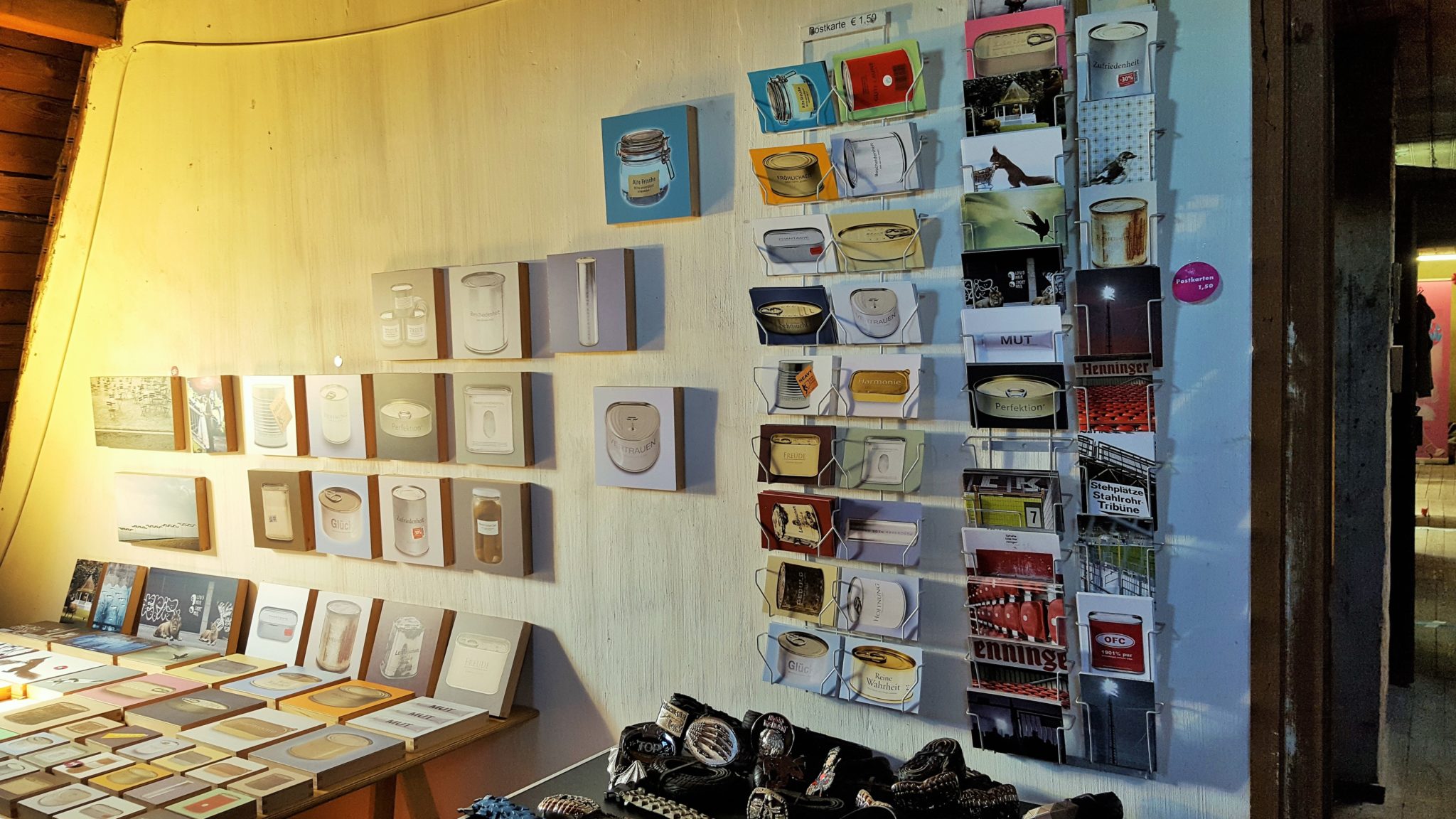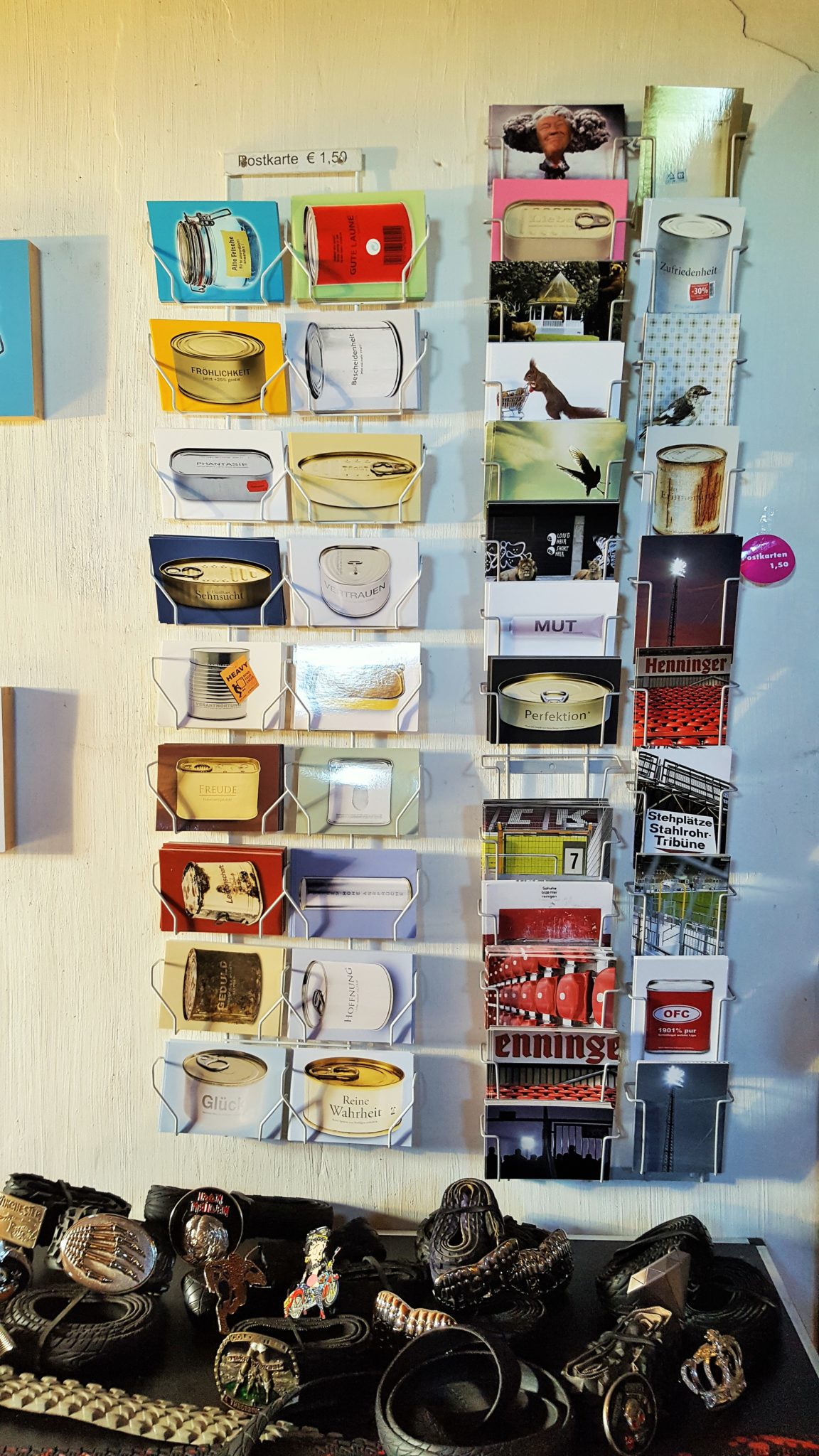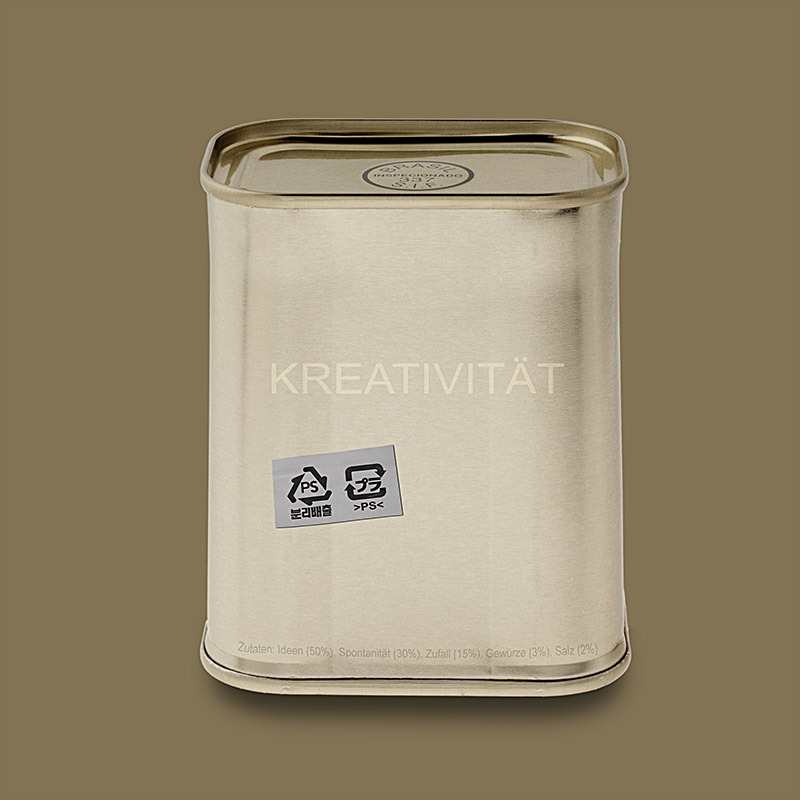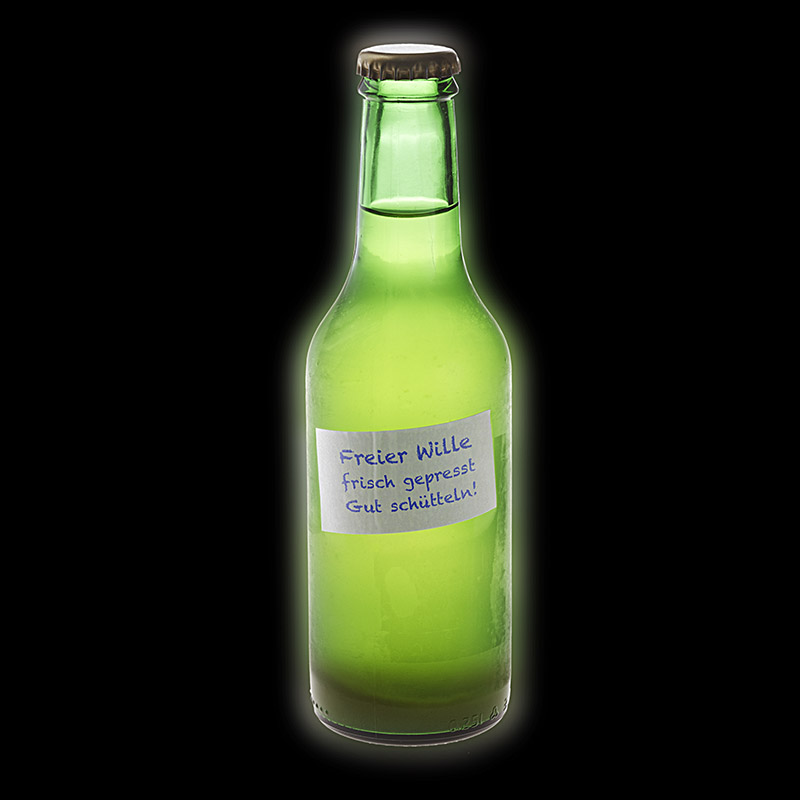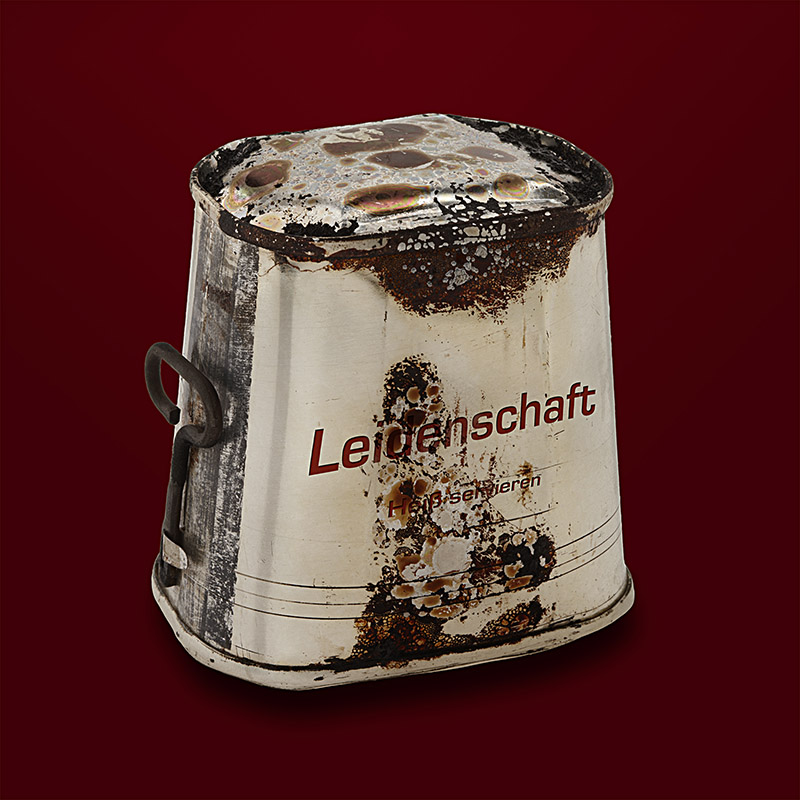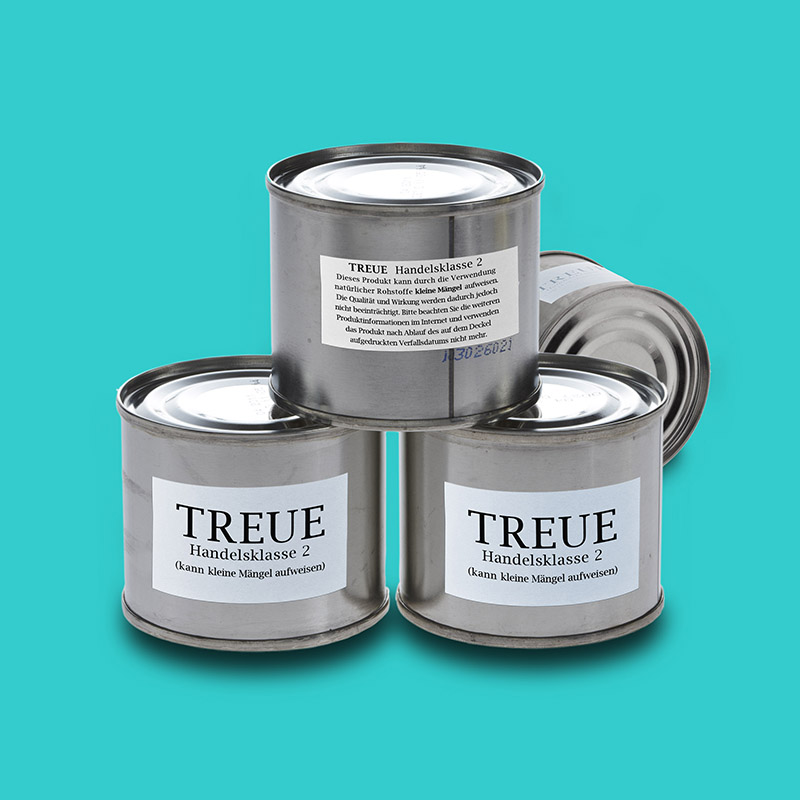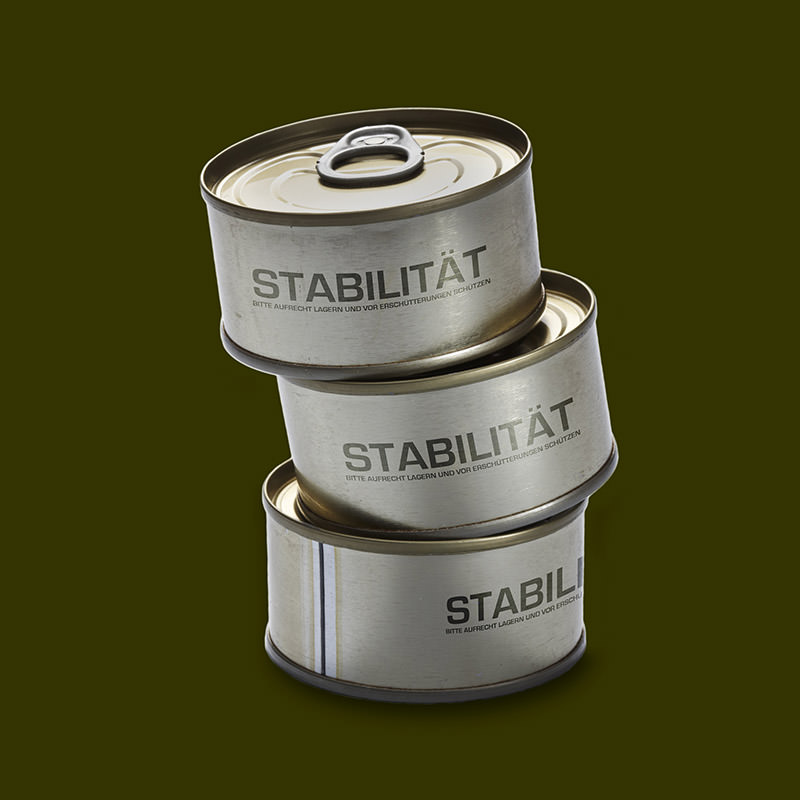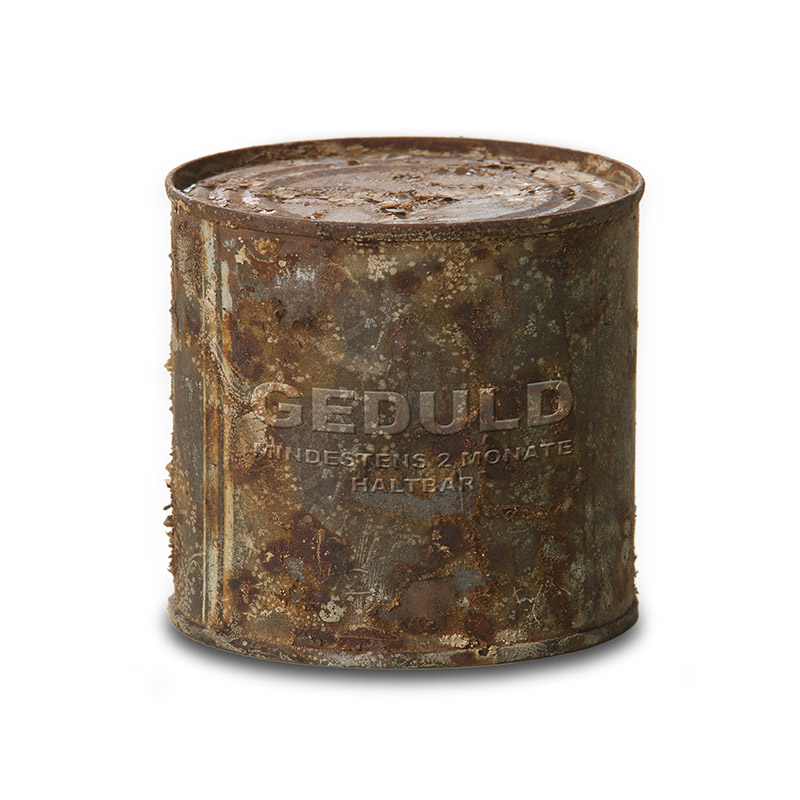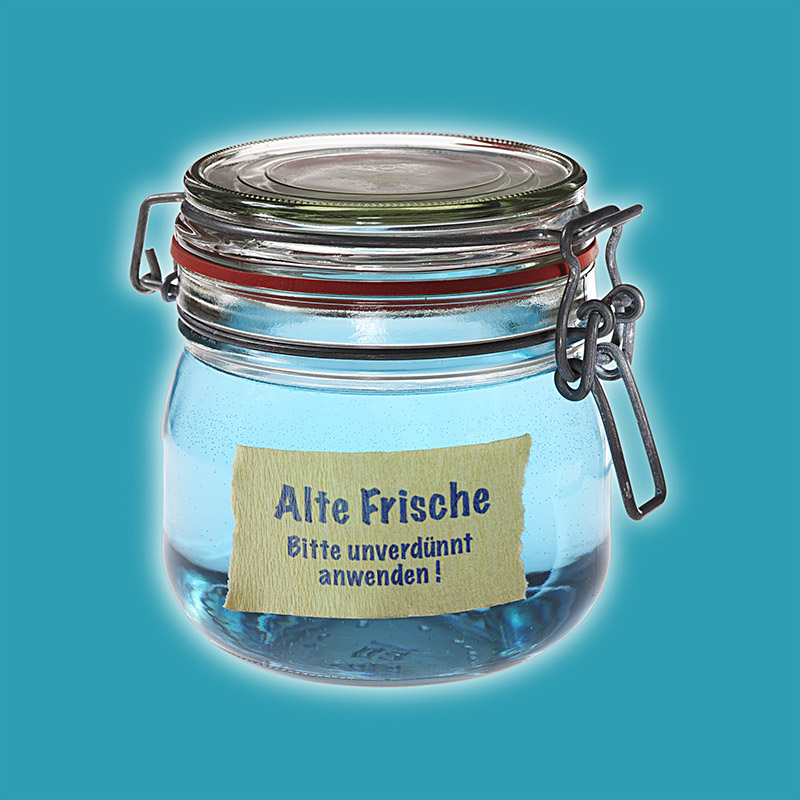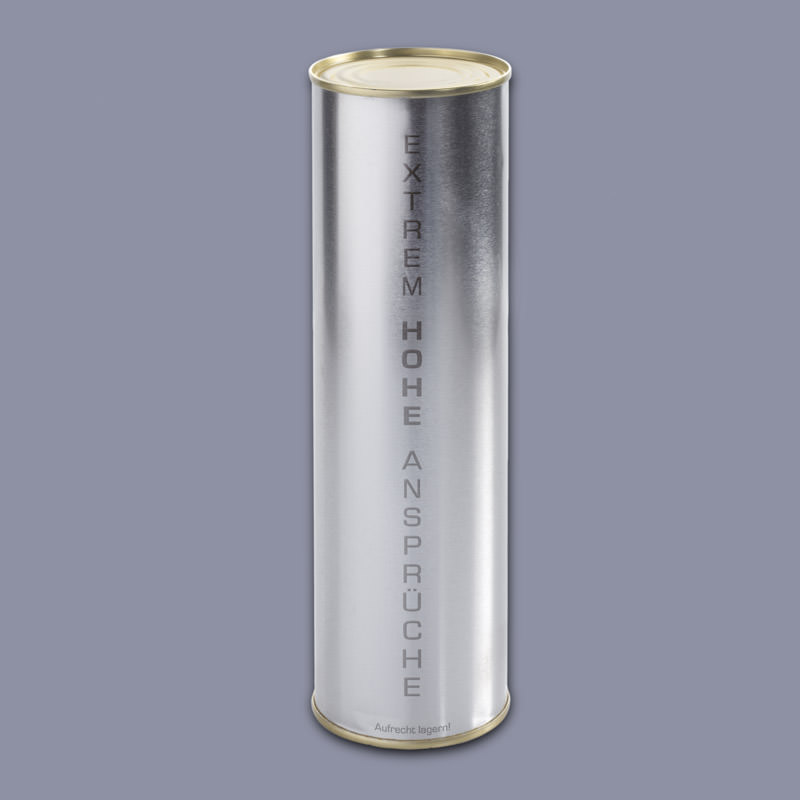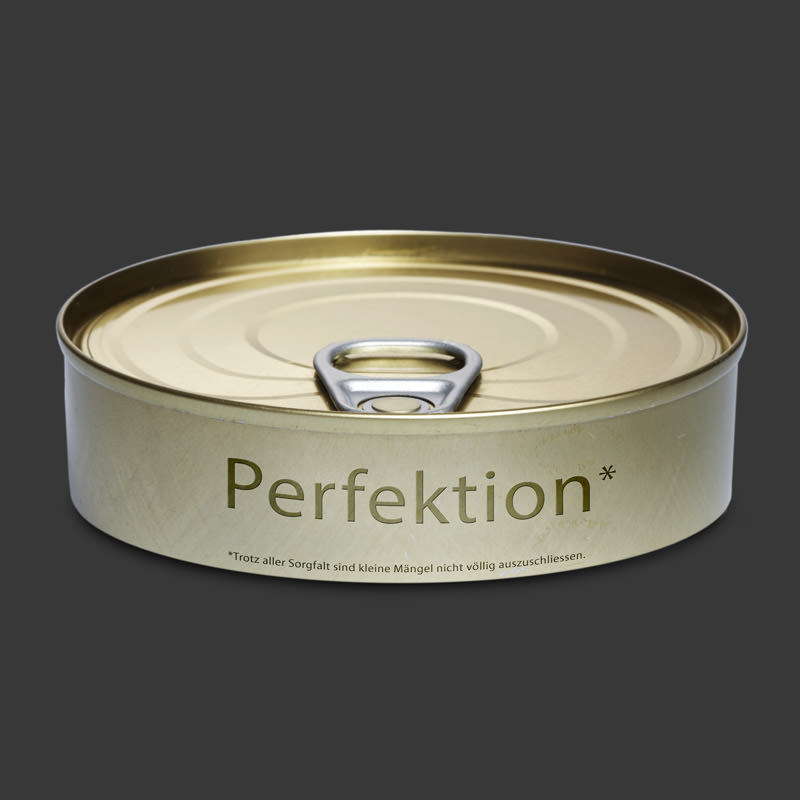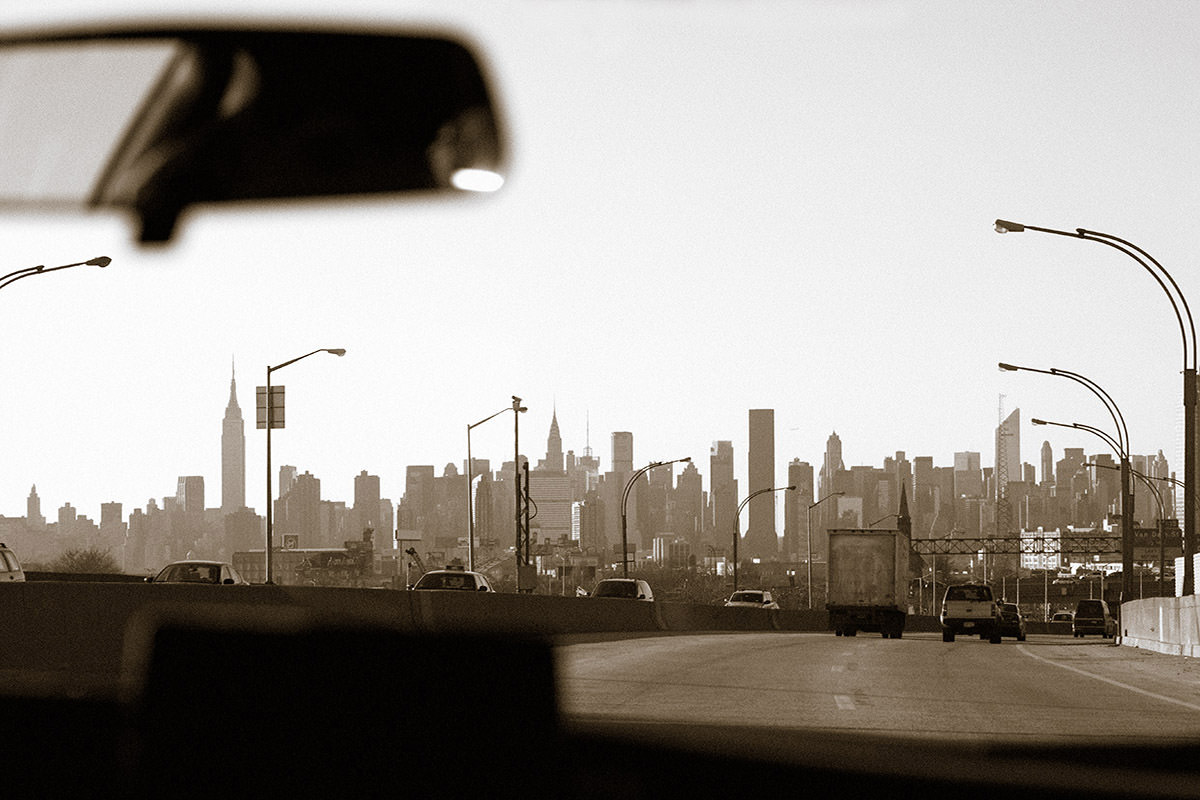Getting a squirrel in front of the camera is not that hard. In many city parks, the small animals and romp with a little patience and careful approach you get beautiful photos in various poses out. Collecting food, eating or climbing trees. But certainly not when pushing a filled with nuts mini-shopping cart. There is a need for creativity and a special approach. For the photographer Tom Hoenig, the little rodents had little fear of contact and ran in his apartment daily on and off. At some point he came up with an idea for a small photo shoot with one of the squirrels, Mrs Schleich, in which the beautiful bizarre recording was made. Further down in the article you will also find a video about the genesis.
Tom Hoenig does not just take pictures of squirrels. He also has a special fondness for sardine cans, the arts and culture scene, Offenbach and the OFC stadium. At least as long as this was still standing. His portfolio includes object photographs, from fruit to vegetables to sandwiches, sometimes he also photographs gloves or does portrait photography in the USA. Together with the artist Tanja Luther, he leads the studio for photo art at Luisenstraße 63 in Offenbach. In recent years, numerous individual and joint project works, exhibitions, art events and productions of the two have emerged. The latest trick is the Offenbach pub quartet in the context of the project “Home – an asymmetrical view”. In many evening city walks, the two artists visited the quaint pubs in Offenbach, talked to people and photographed. The result is a colorful picture arc of fragments and portraits. In a mix of different photographic perspectives, Tanja and Tom present snapshots of the present in a place undergoing rapid change.
To some, Tom Hoenig may also be well-known for the striking graphic photography of can messages printed on self-made wooden frames. The project of “important things” has been running for over twelve years, includes more than 50 motifs and is constantly being expanded. The square motif carriers with pertinent terms are increasingly coming into their own if you hang several of them together. Tom prefers to work serially and in a sequence of processing. The finished work goes beyond the pure photo, basically he is not only a photographer but also a photo designer. This creates beautiful collages and completely new images.
In an interview, Tom speaks about his work and how his artistic creation has changed over the years. He tells of his sardine can fable and how it came to the squirrel photo. As well he is teaches visual deisgn as a professor. The audio podcast is in German, but in the following most parts of the interview are also scripted.
Hello Tom, tell me a bit about you and your artistic work.
As the name implies, not my name, but the job title, I’ve been involved in photography since my youth. Of course, I have the analog completely experienced. Later I developed it into a profession through the education and study of visual communication at the FH Dortmund. That’s when I got into the phase, which was in the early 90s, when the first Macs came to the desks. First in a computer room you never had access to. Later, every one of those little things, LC2 or that’s what they called home. A madness, if you still think today what they had for a performance. And yes, then, basically, over the whole period of photography, I also ended up in this change from the local analogue, that is, completely analogous, then in today almost completely digital. Which of course was a challenge for me in the middle of my professional life. That has led to consequences or new directions within my profession. This has developed so that today I am more concerned with art than with pure digital photography. Even though today, of course, a lot is created on the computer.
Therefore, the term photo design actually fits better than just photographer. By now you have made many own creations, for example the work with the tin cans. How did you do this? Did you write the words on it first and take pictures or did everything on the computer?
Since the time of my studies, I have not only seen my task in pure photography, but actually also in conveying messages. That means, also in combination with texts or maybe also with objects or in cooperation with other people, who might also set something to music or whatever. That was also much more difficult at the time of the VHS recorder, because something to tinker. And then to come to the later projects, including the cans, I work above all things in every area, which then then has emerged over the different phases, actually rather serial. That does not mean so much at a single picture, but always somehow in a picture series. It also leaves room for many different viewers who can find the right thing for themselves. And the cans, which are among other things created by the fact that I collect even sardines from all over the world. And only those who are printed directly on the metal. So no 0815 cans in any packaging, but high quality.
Are the sardine cans still open or too open?
Both. I also ate many of them. Because I really like to eat them. But the vast majority is still too. I have several hundred pieces at home. In other words, there’s already been an affinity to the tin as such. And then at some point came the idea, that was in a time in which I had to occupy myself very much with Photoshop, because I had taken on teaching activities, where Photoshop was also very important as training content. And in time came the idea to convey this can with some message. Because there are so many pictures today that you really can not count them anymore. The important thing about any single image is that it somehow conveys a message and then perhaps triggers something on the viewer. If possible something positive, but that does not have to be. And in terms of technology, these whole cans are built as a series. There are over 50 pieces on motives. They are technically digitally photographed, so they are physically. I’ve collected them somewhere in different shops, so the forms that are photographed. And then everything that comes after that has been created on the computer. So the box is then released, packed in backgrounds, provided with shadows and then just comes even the label on it on the computer.
As you can say, the can, that’s one of your trademarks. You can be recognized by that. Ah yes, the can, that’s Tom Hoenig.
Yes, I hope so. So at least that’s how the canned project has been going for almost ten years now. Again and again with new motives. It is already the case that today I am very specifically addressed, or people then get to know me and then suddenly the connection arises. Oh, that’s the one with the cans. So I hope that this has become a trademark.
You still have bizarre animal photographs. So squirrel with shopping carts with nuts in it, that’s in between. Then also stadium photos, so you said the OFC Museum, you have also donated something, there is a work of yours.
I have to say that the animal pictures are not all mine. Again and again I have pictures of my good friend Tanja Luther at my booth. Respectively, we have also developed this whole conception of images on wood together and also marketed them over many years and many of the animal pictures are from her. That’s her artwork. But the squirrel, that was pure coincidence, because we used to live in an apartment where squirrels went in and out of our house. Yeah, and then at some point I thought, now you have to provide something in return for your nuts and then we have made such a small setup with this very funny picture of what has come of it. And the Kickers story, that was just a small break in the phase when the stadium on Bieberer Berg, with which I grew up more or less since my childhood, then should be demolished. So I wanted to document this again in the state, as we have just as Offenbacher for decades and have loved before it was gone.
Again, just to the squirrel, that’s interesting, how was that exactly? You put a structure there and that went in there, or how much Photoshop is there?
So the video, you can always retrieve this on the Internet. There is a video on Vimeo. If you live in the city and you have somewhere around you a bigger old tree stand, then the squirrels will always also seek the contact with the people who sit somewhere so kindly on the balconies and who enjoy it, to lay down a little nut. And at some point, depending on the character of the croissants, they are very different, depending on which are not directly trusting, but at least so courageous and trust you that they are looking for a certain closeness. And with us that was also during the summer months and the warm seasons in general, so that then the balcony door was open and they could get in and out as they wanted and then had just different feeding areas where they could help themselves. Sometimes you have to open the door too, because they did not end with collecting nuts. And one of them, that’s what we called the woman Schleich, because it was demonstrably a female. Meanwhile, she no longer lives. But she was so brisk that she always came to my desk in the morning and then more or less asked for nuts. And then I developed the idea out of it, because for some reason I also had a small shopping trolley in the right size at home to fill it with nuts on my desk as a permanent food source. And that was then established and that took place every morning. Then I shifted that to a photo composition and then we tried it out for another two days. And then it came to the shoot. This is a 1: 1 photo.
An up-to-date project that you have just finished, so together with Tanja Luther, that’s your latest trick: the Offenbach pub quartet.
Exactly. With Tanja Luther I was also 15 years long and married and married, so we have developed many pranks together. But just as the entire phase of photographic art, as it exists today and also some things around it, which we no longer pursue today, so there are already a number of common works have emerged. The last one was now part of the project “Heimat”, which we developed for an exhibition in the t-raum. This is a small theater in Offenbach in Wilhelmstraße. And that deals with the recognition in a place of rapid change. As such, we are currently looking at Offenbach. With a lot of new architecture, with a lot of people who are bringing in new ones, with a lot of things, which unfortunately disappears as well. We wanted to show places of recognition. These were classic corner bars and their owners in all their diversity. And in the context of this exhibition project, it also turned out that we took up the long-cherished project idea of making a quartet and then produced the Offenbach pub quartet. With several pub crawls in the summer and of course a little bit of editorial work. But it is now on the table and you can play it.
You can play it in one of the bars.
We have already received some feedback. A quartet has classically 32 cards. So there are also 32 pubs presented. So there we got a lot of resonance, that there were people, who now wanted to ramble and get to know all 32 pubs. Of course, that was at least one of the reasons, these often very cozy places, but often have to fight with their existence really, because as well as the offspring, the clientele go out to support that a bit. It does not always have to be Shisha Bar and Hipster Club. If you play then you can play Quartet in two ways. As a classical quartet, you have to create all the rubrics skatmäßig, so you have all cards from A1 to A4, from B1 to B4. Or you can gamble it. And while gambling, it is important that you set the rules of the game in advance, which is also in the description. This means you can now gamble on the lowest number or the highest for beer, for example. You just have to determine what is valid and what is possible and what is not. And then you have to know, so for example bar length 10 meters, that is now a good or bad value or just a mediocre and if you have chances to win. So 10 meters is quite a good value.
Do you have your own studio where you can look at your works?
At the moment I have a Wohnatelier where you can come to visit me and there is always a small exhibition to see. However, this has no opening times, but is always open by agreement. Since I worked for over 20 years in advertising and fashion photography after my studies, also in editorial photography, in the time I always had photo studios. Then I left a bit of it because on the one hand today, due to the complete digitization, these photo studios in the classical sense with laboratory and all sorts of light still in there barely need any more. There is a very different light today. It is produced quite differently today then ultimately. And you need a lot of infrastructure like the darkroom and all that, you do not really need that anymore. So you go somewhere else for studio productions. It also has a little bit to do with that, you also have to add that the real estate situation in the Rhine-Main area has changed completely. In the past, one could rent an empty hall in Offenbach in every second backyard, but that does not exist today. Respectively to completely indisputable rents. But for me, above all, the need is no longer there, because I barely work in this advertising and fashion photography. I do that too, but hardly in comparison to earlier and today I do a lot more own projects and art. I also teach photo design and graphic design.
Where do you teach?
So right now in distance learning about tutorials and workshops for the Fernakademie Klett or the Klett Verlag and they have several remote academies where they offer such courses. But I have already taught that at the University of Applied Sciences in Dortmund, then here at the vocational school in Frankfurt and here in Offenbach especially at project weeks.
What will happen in the future, are there any new projects?
New projects are always on, especially in the head. As with the pub quartet, it was just the case that somewhere it needs an initial spark, but then you start at the moment and then just tackle it, just do it. Then something happens while doing. We also work for each other and a lot together. Then here in Offenbach, there is often a very exciting regional aspect involved in developing new things. Now I would not be so inclined in a certain direction, because that’s just the result of encounters or tomorrow arise somewhere else and there are always things up, where it is important above all, they are not only long in this moment to discuss, but then to implement concrete. We are trying here in Offenbach just the main train station in some form to the cultural center, because I’m also involved with and can imagine as well in the future again to develop very different things. I also like to cook for my life and there should be a kind of pop up restaurant, and maybe something to join, so I could imagine.
Since there is already a strong local patriotism in your presence, including for the Offenbacher art, there to do and build something like the cultural space, but also to represent and show the city and places, such as the stadium, that there are now no more.
So local patriotism in any case. I was born in Offenbach, but I have lived the shorter time of my life here in Offenbach. I am now 52. But during my studies I was in Dortmund, then later for a long time in Frankfurt, then in Paris, in Hamburg and then came back to Offenbach. So it is not that Offenbach is the navel of the world for me. However, it is in any case due to its size, the manageable number of cultural professionals, who also know here mostly personally, a place where you can develop a lot, and very small ways. Not just in the form of kilometers, but in the form of human contacts. So I’ve described that in a different context. Compared to Hamburg, you can call our Lord Mayor Felix Schwenke on his mobile phone in Offenbach and then meet him somewhere on Saturday at the weekly market. Something has not been possible in Hamburg or so practically. The scenes are just too big for you to get an overall picture of it. That’s just fun here. And then, as a human being, I’m so interested in everything that I say, man, that’s just a good thing, because you’re involved, very often and especially when there is no coal for it.
These are usually the things that often get better, because people make it out of passion and there arise quite different things, as if it’s all about the money.
That’s the only way it can work. Catch it with your hear. This is a very important attitude to life that will make it easier for you to reach your goal, whatever it is supposed to be.
INFOTHEK
Adress: Atelier für Fotokunst, Luisenstraße 63, 63067 Offenbach
Website : https://tomhoenig.de/
E-Mail: info@tomhoenig.de
Phone: +49 (0)69 7880 6725 / Mobil +49 (0)171 548 3746
Facebook: https://www.facebook.com/tom.hoenig.7
Berufsverband Freie Fotografen und Filmgestalter e.V. (BFF): https://bff.de/profil/tom-hoenig/
Gettyimages: https://www.gettyimages.de/fotos/tom-hoenig?mediatype=photography&phrase=tom%20hoenig&sort=mostpopular
Plainpicture: https://www.plainpicture.com/en/search?credit=plainpicture%2FWestend61%2FTom+Hoenig
Kunst für Alle: https://www.kunst-fuer-alle.de/deutsch/kunst/bilder/kuenstler/Tom+H%F6nig+%28F1+Online%29/12166/1/index.htm
Cooperation with Tanja Luther
Website: https://lutherhoenig.de
Website: https://tanjaluther.de/
Video-Links:
Visit at the studio (bei 1:20): https://www.1730live.de/stadtbesichtigung-offenbach/
Squirrel-Video: https://vimeo.com/80100916
Game “Kneipenquartett”: https://www.facebook.com/dasistOffenbach/videos/das-offenbacher-kneipen-quartett-2018/293114744815481/
